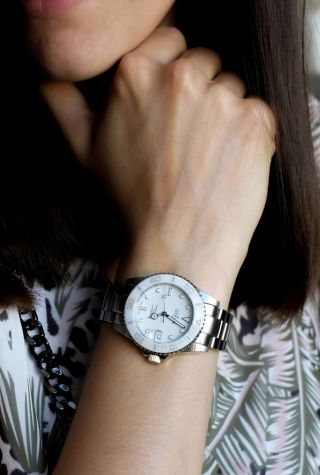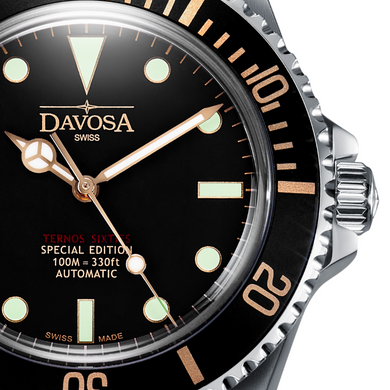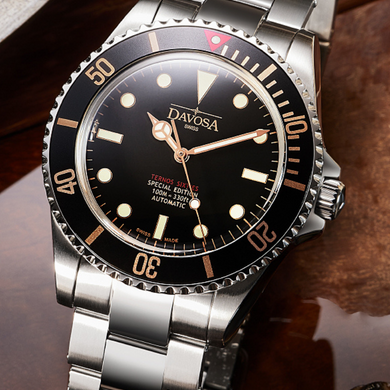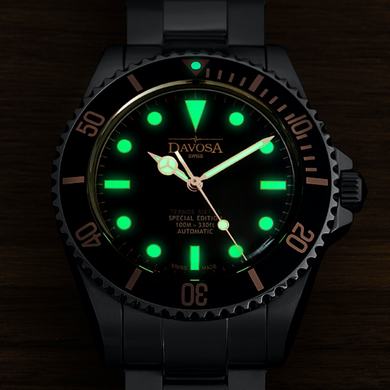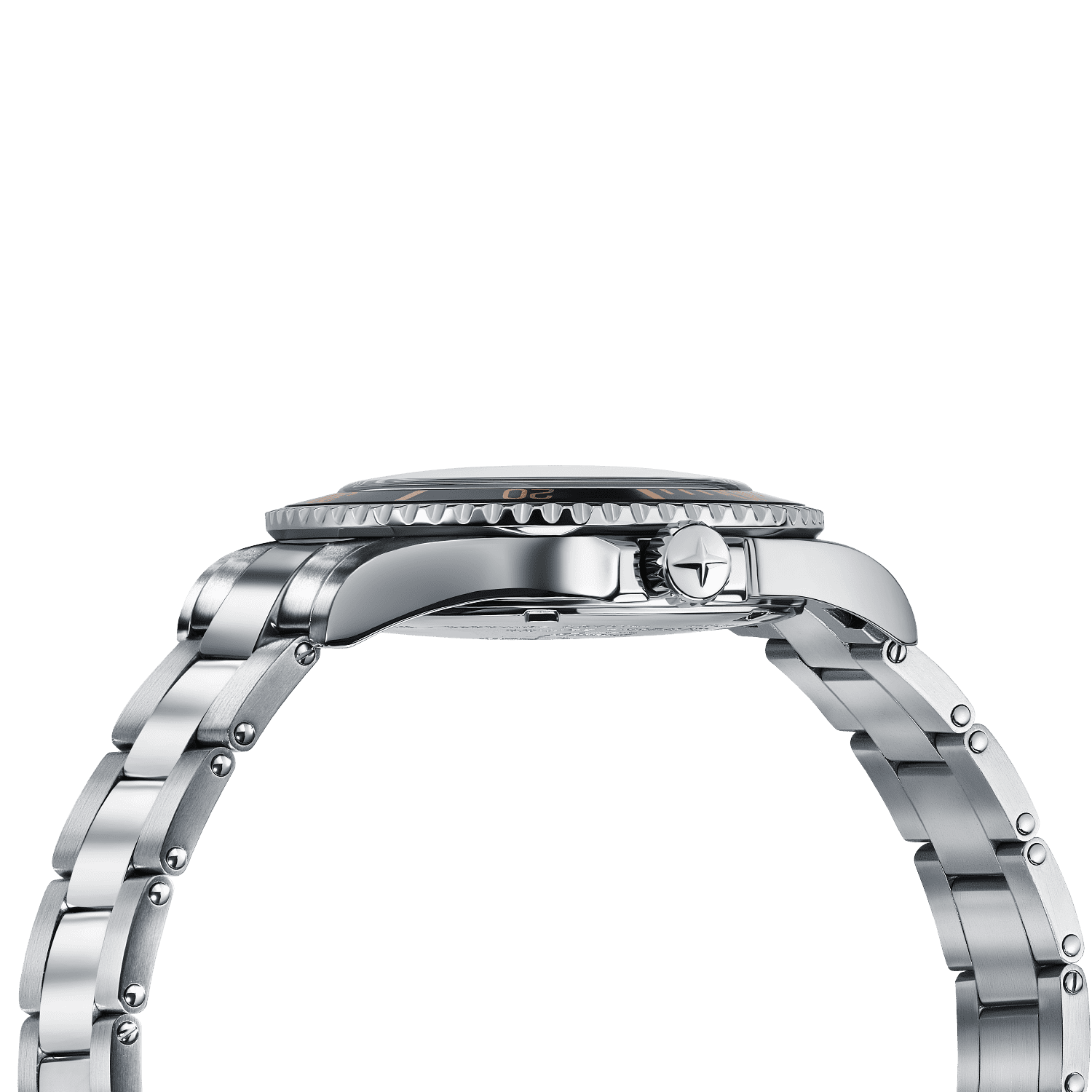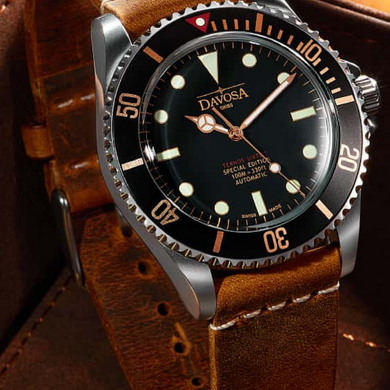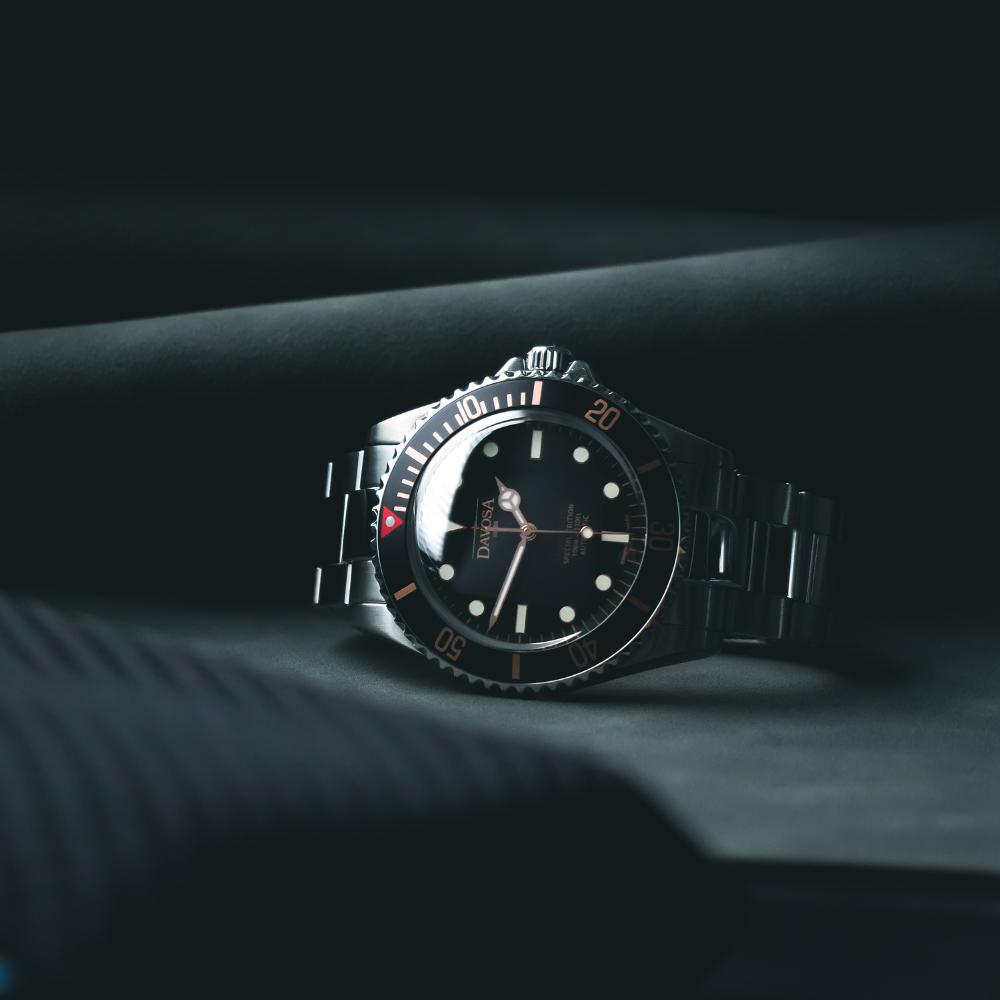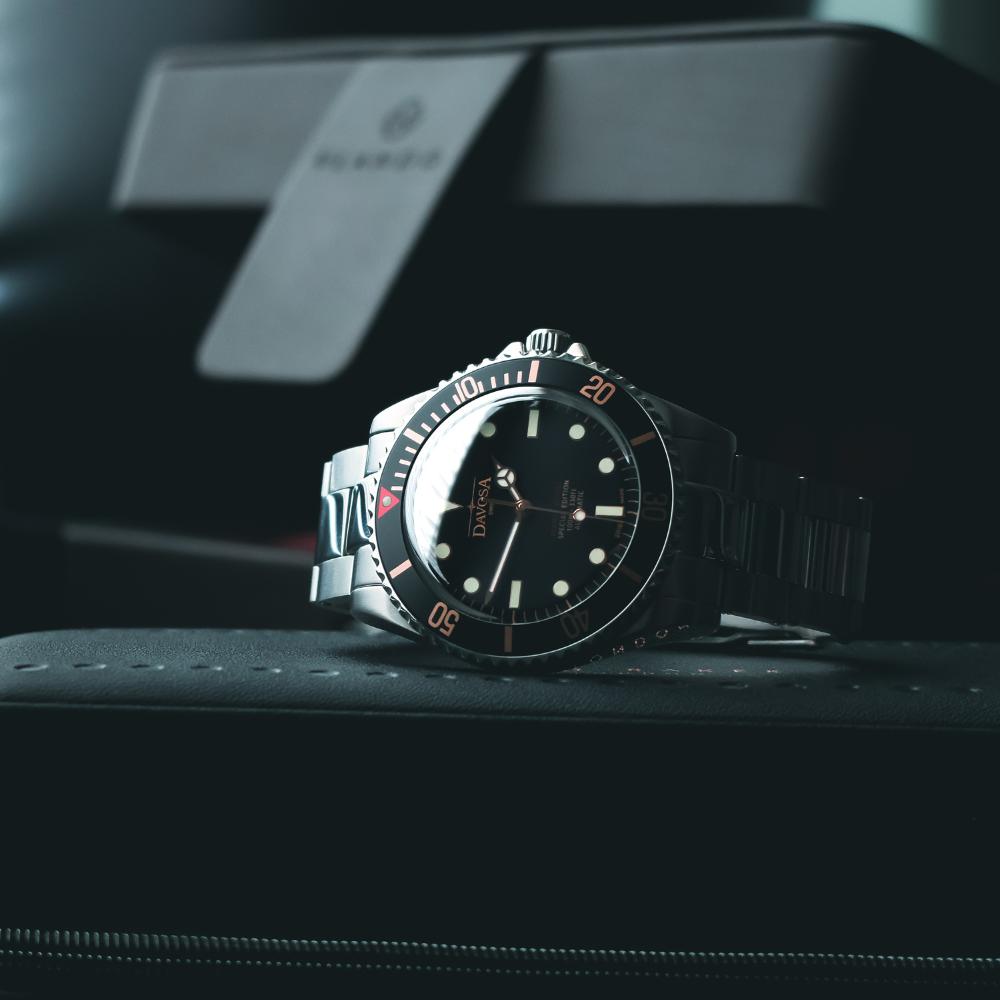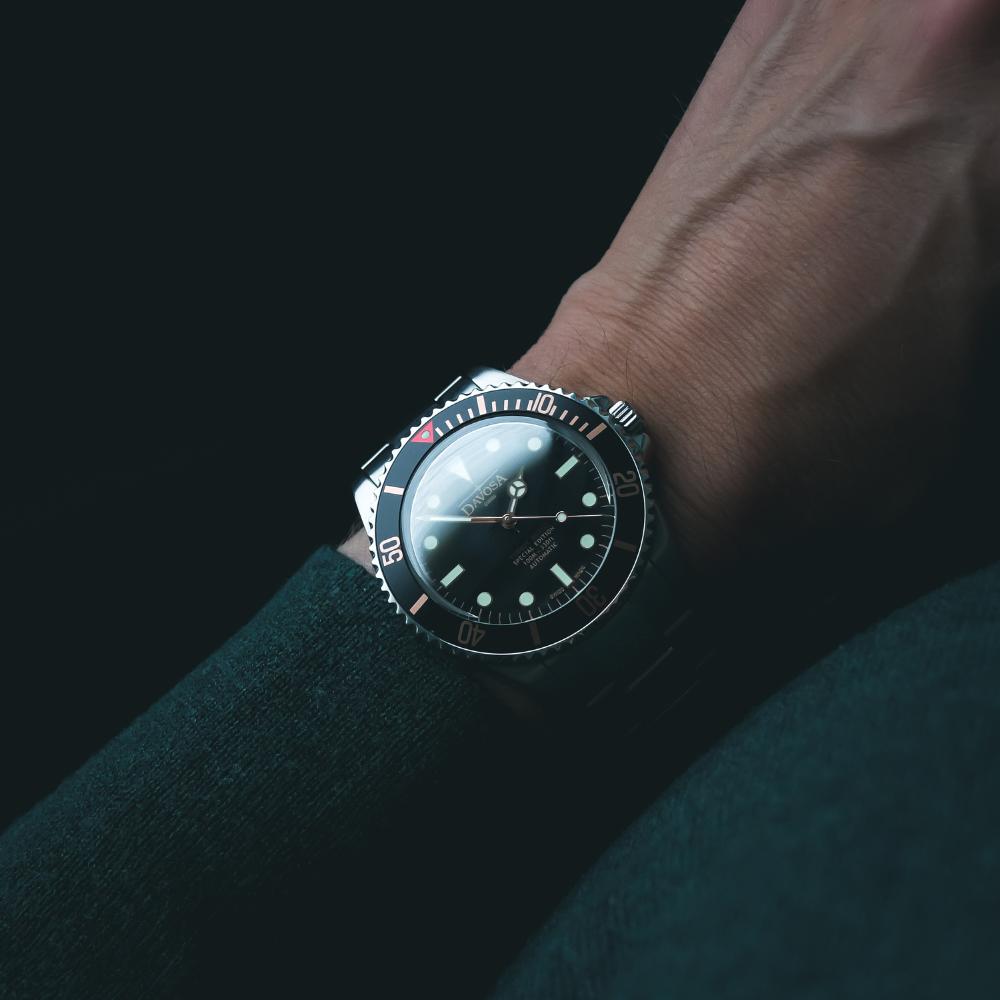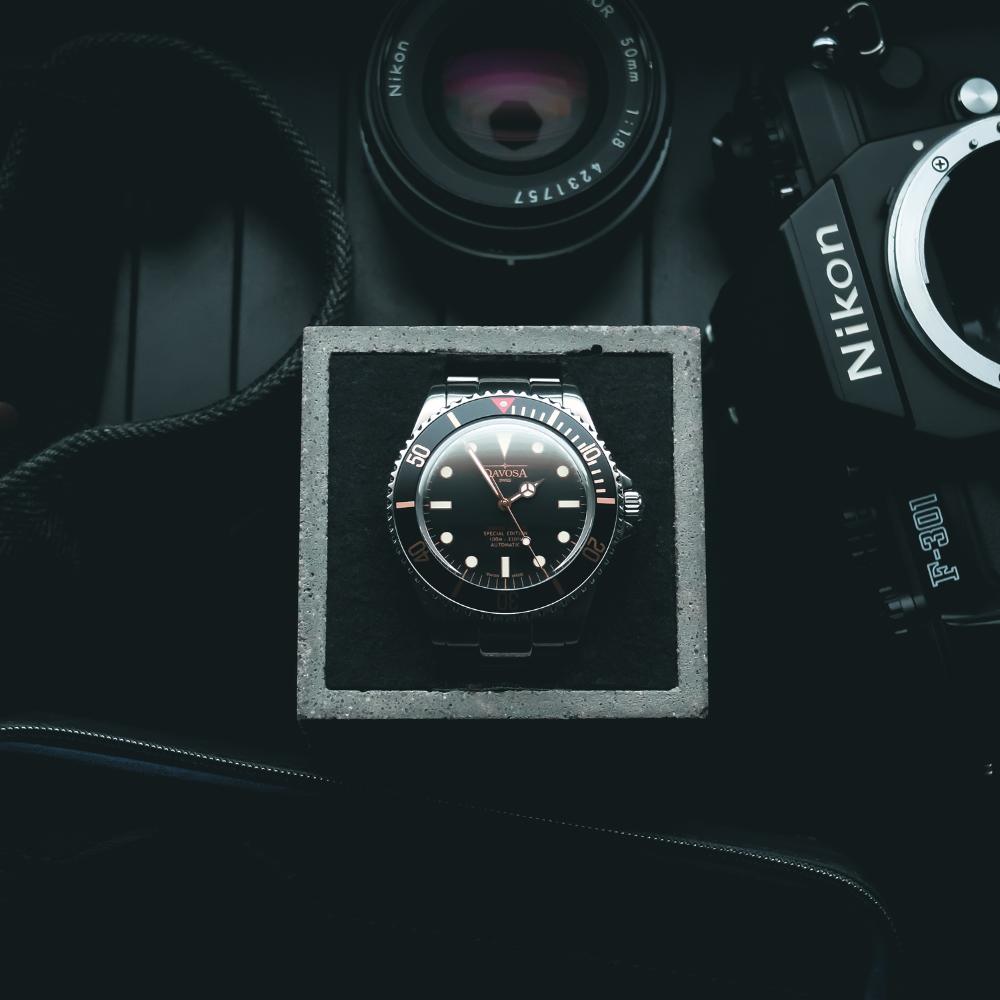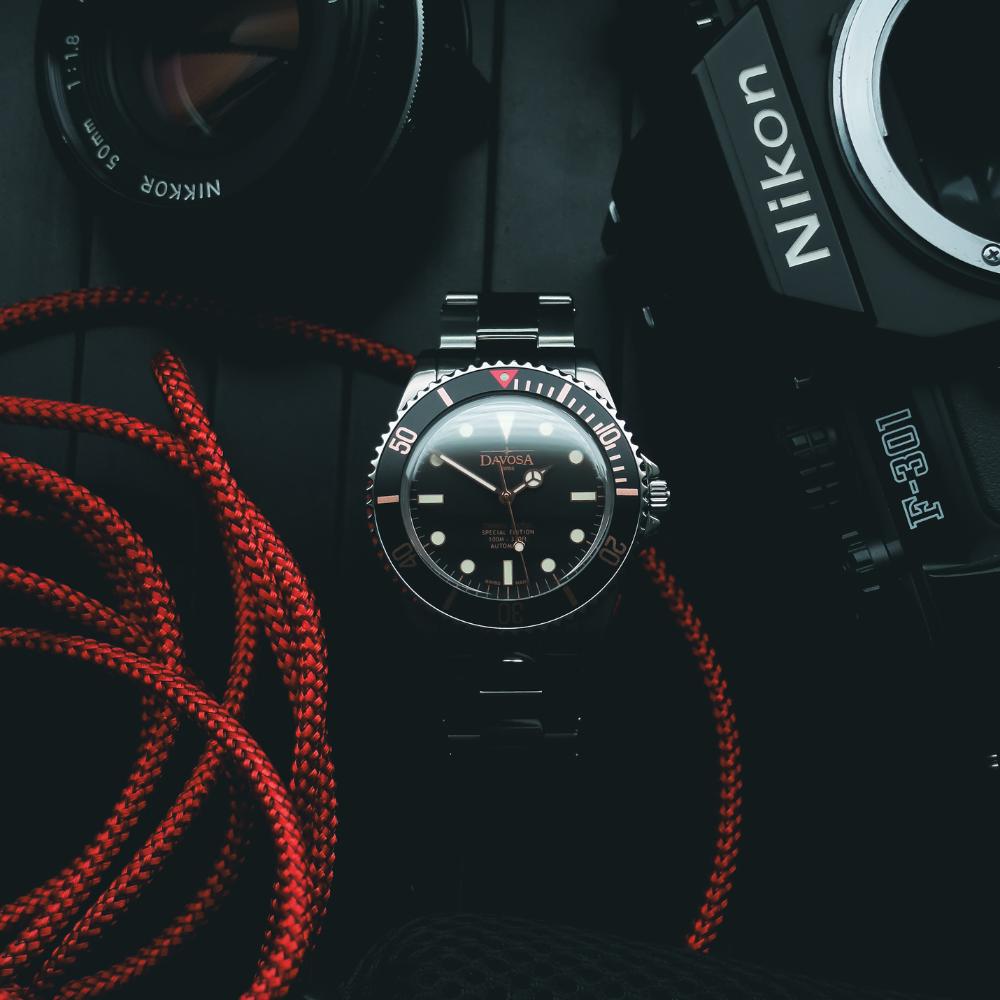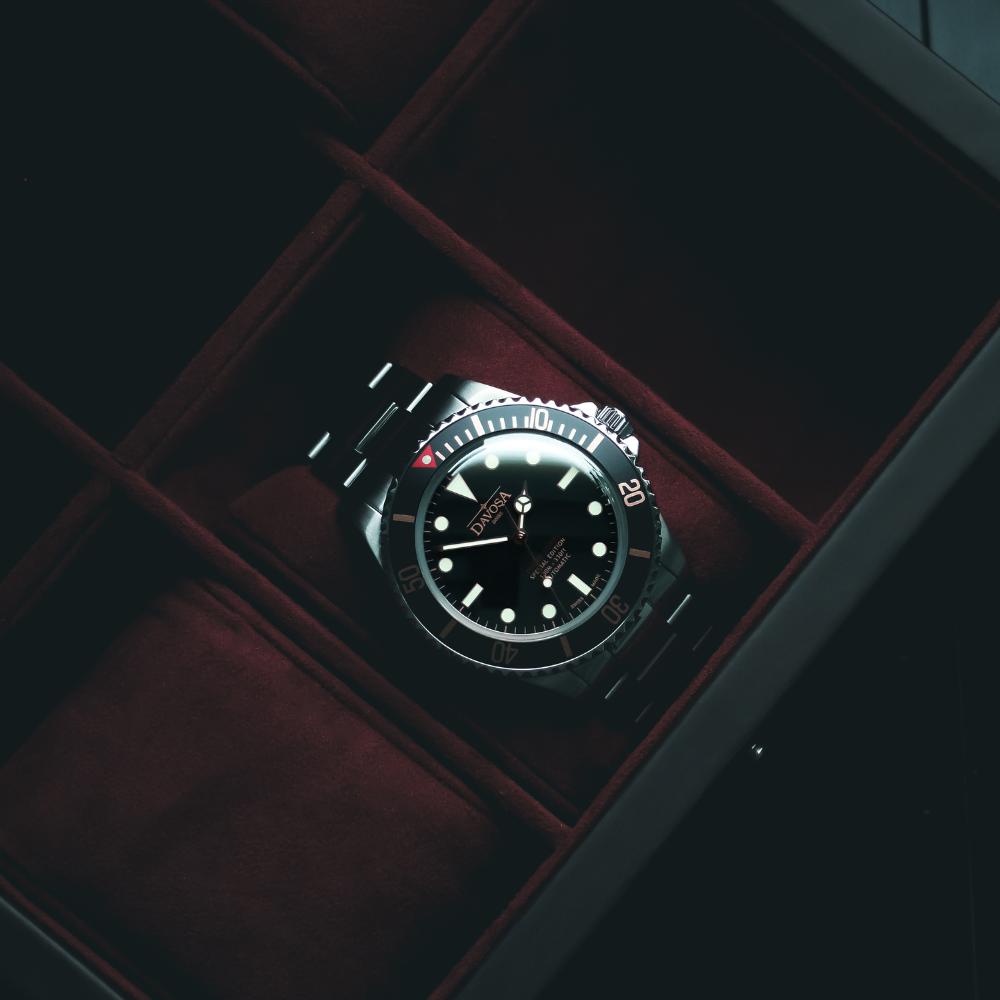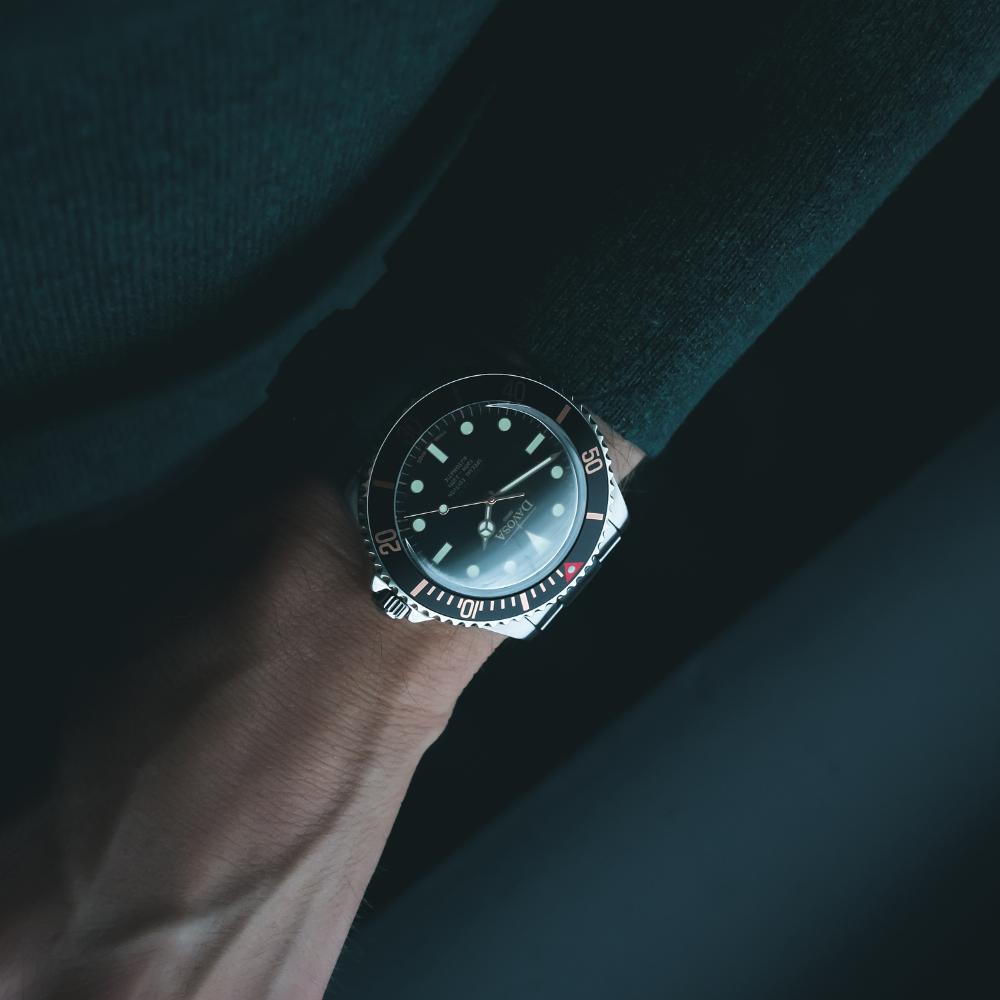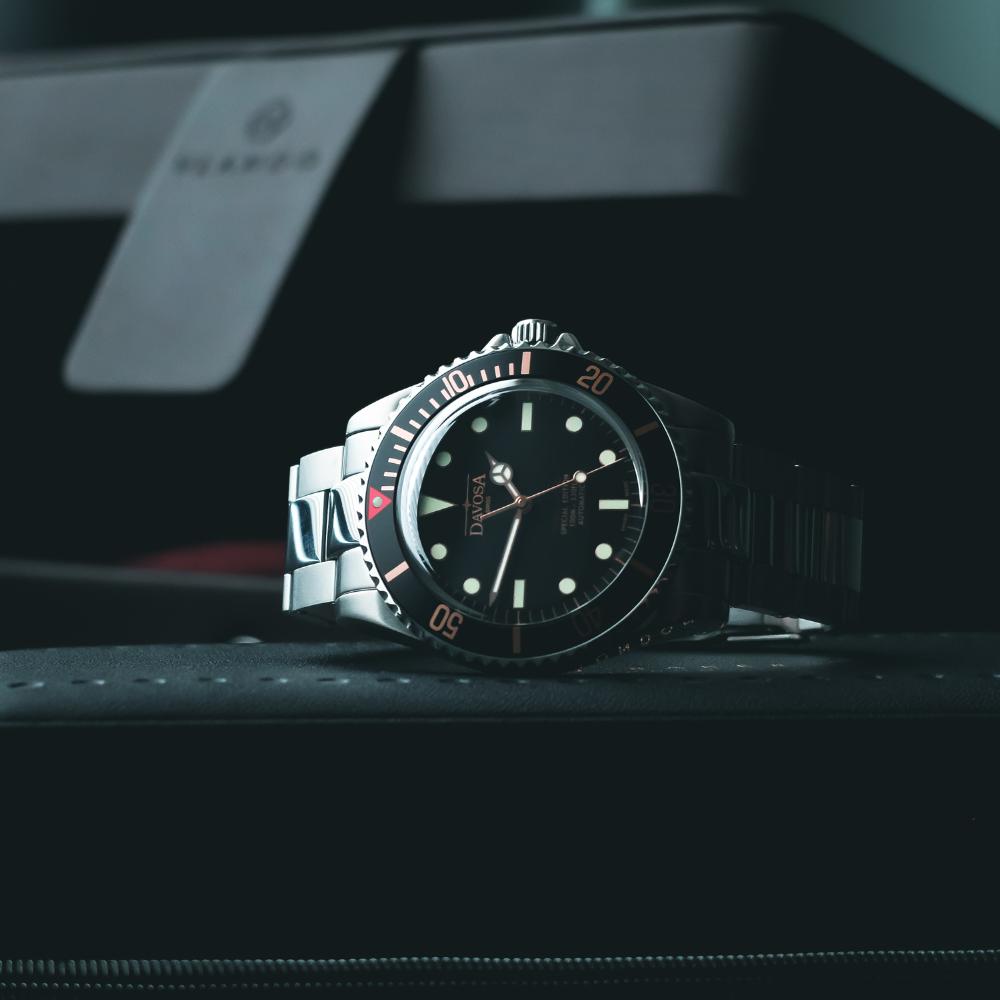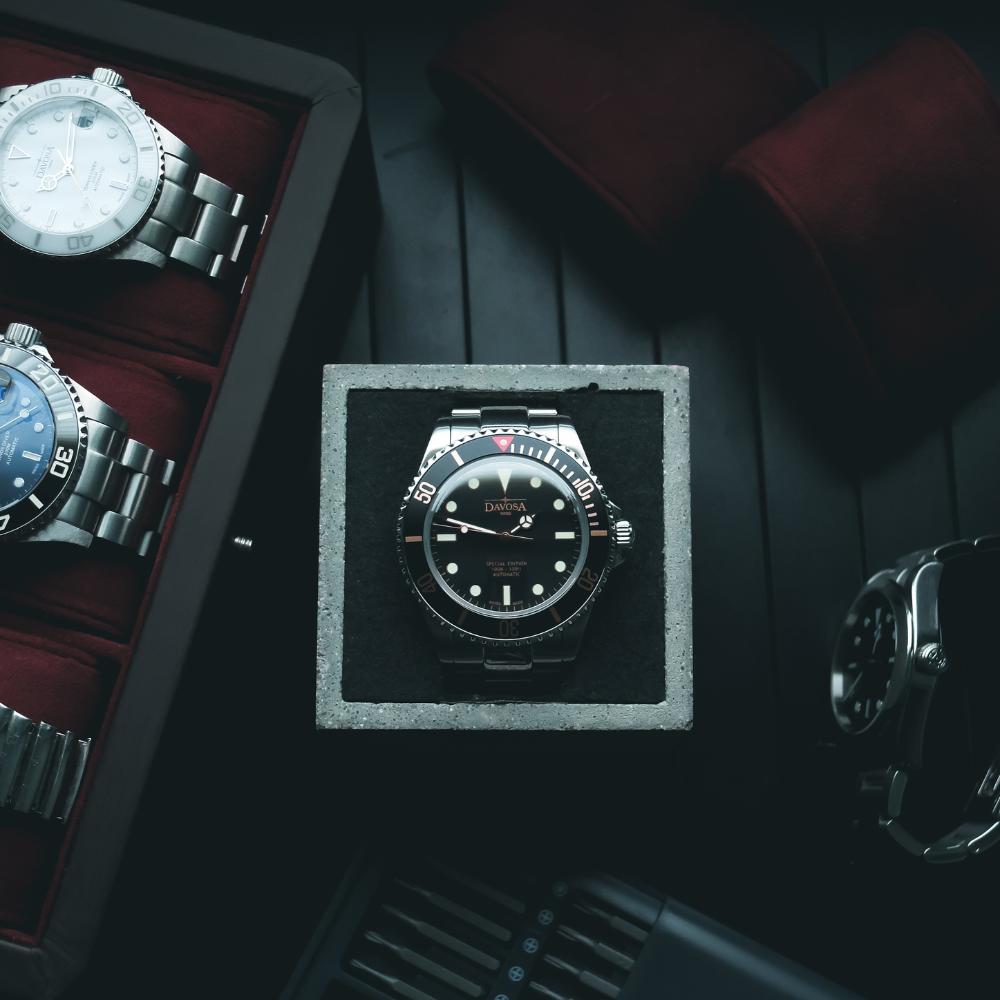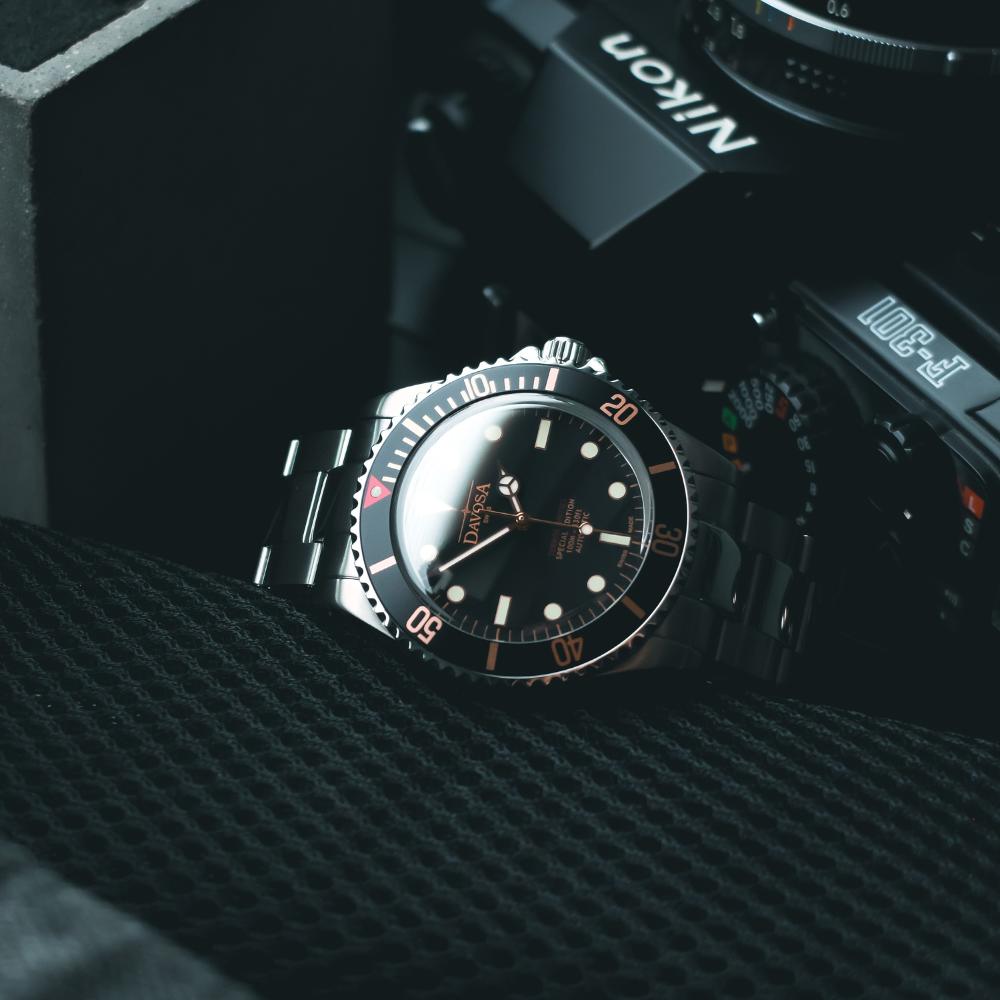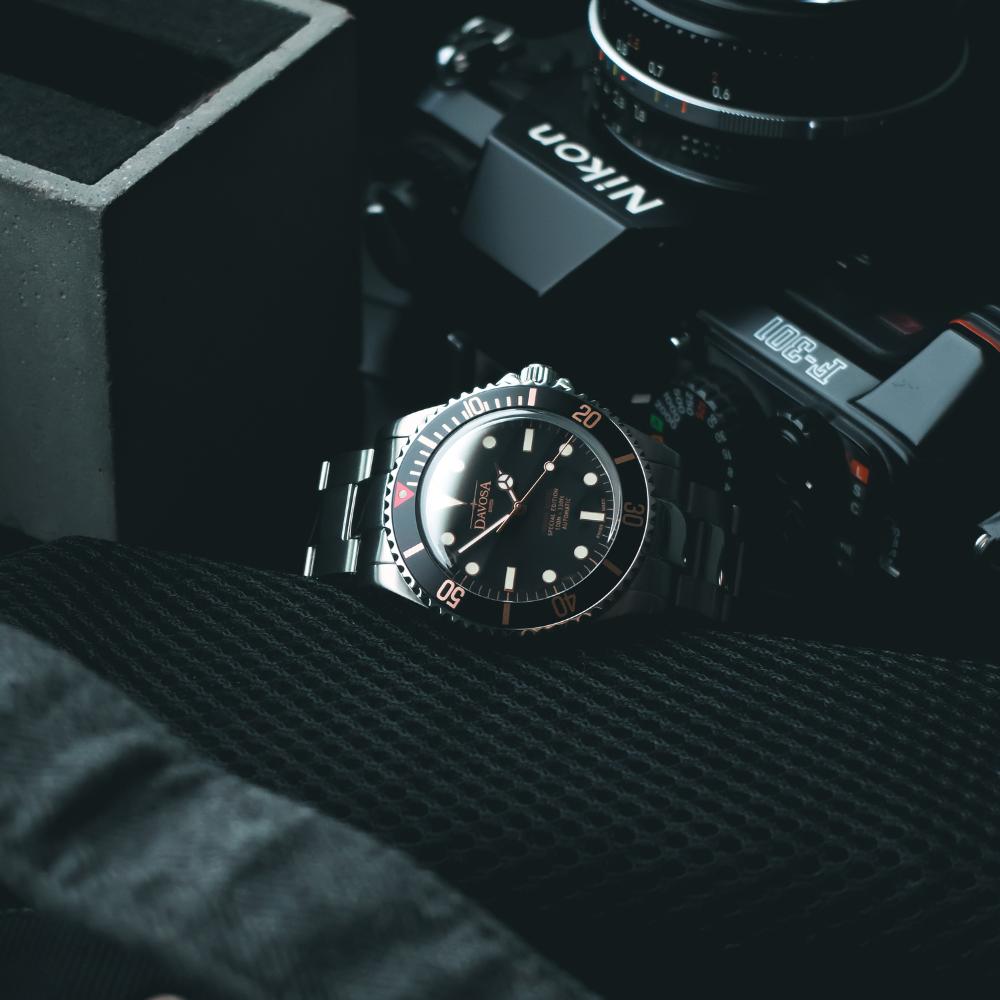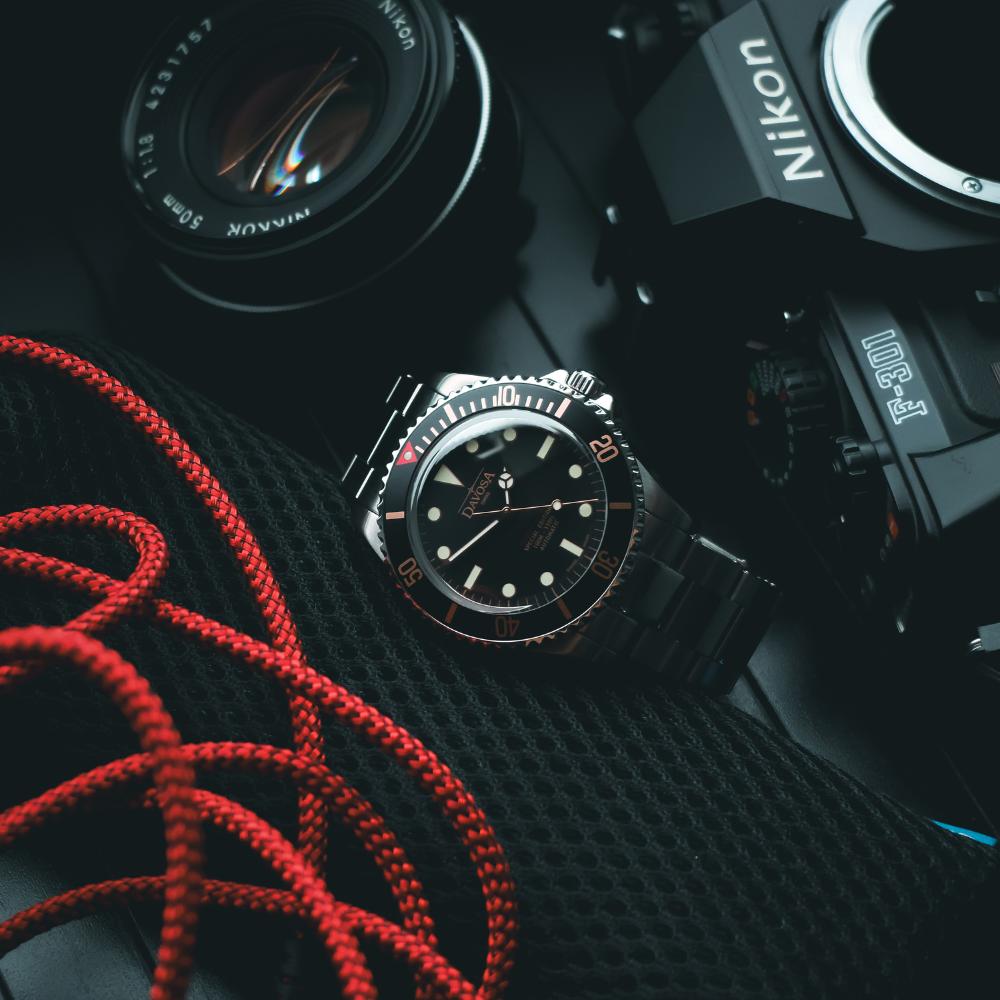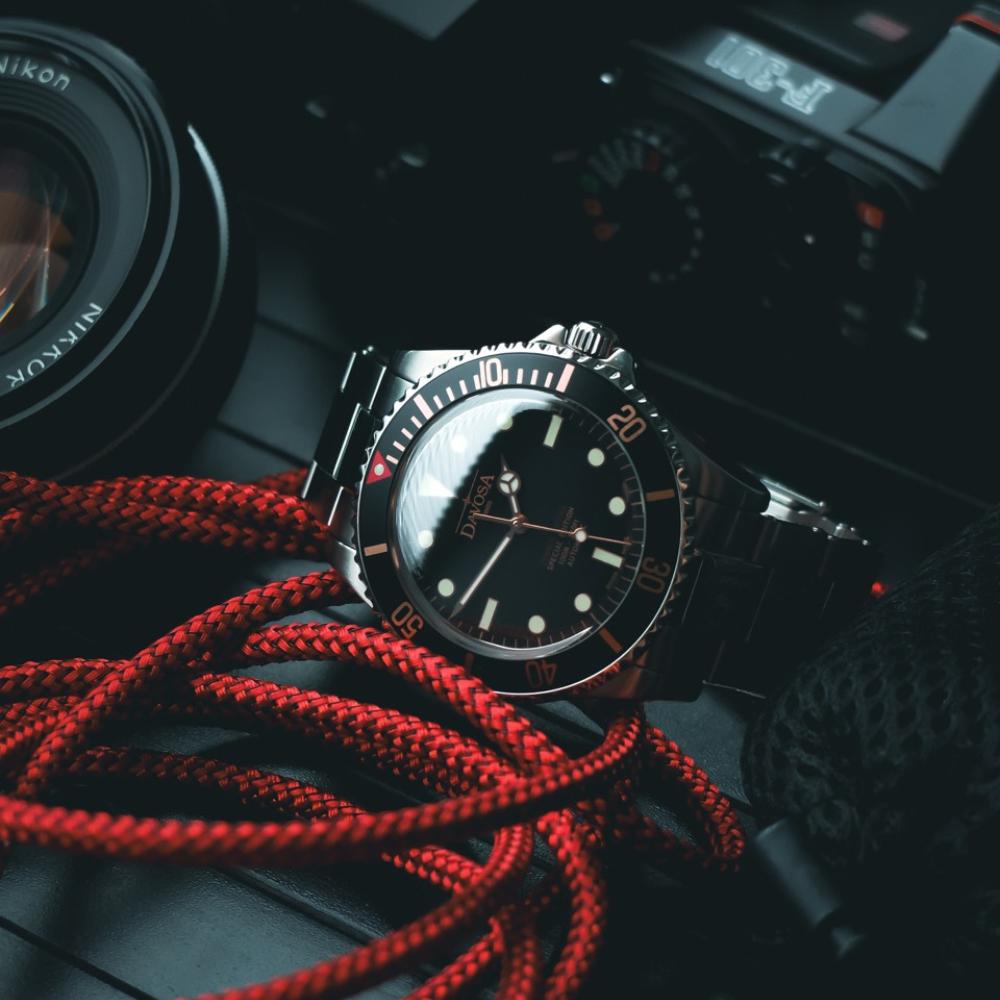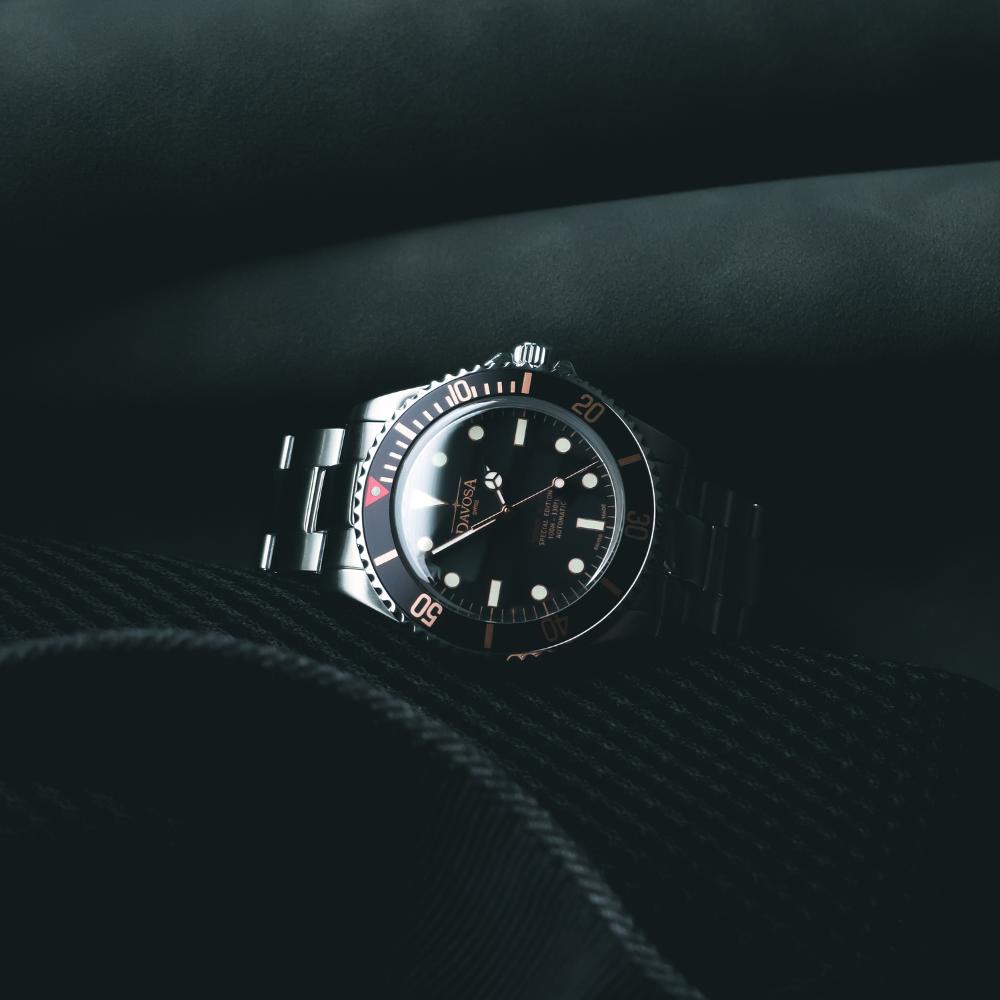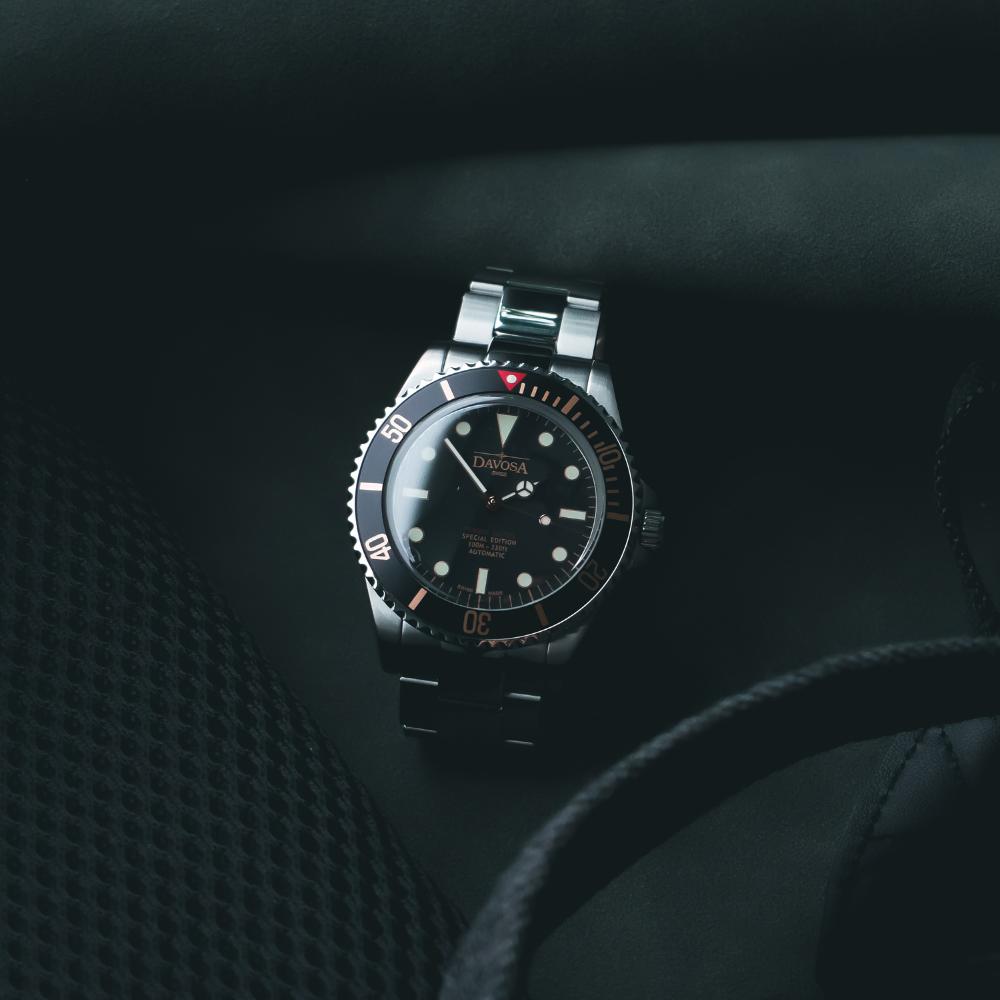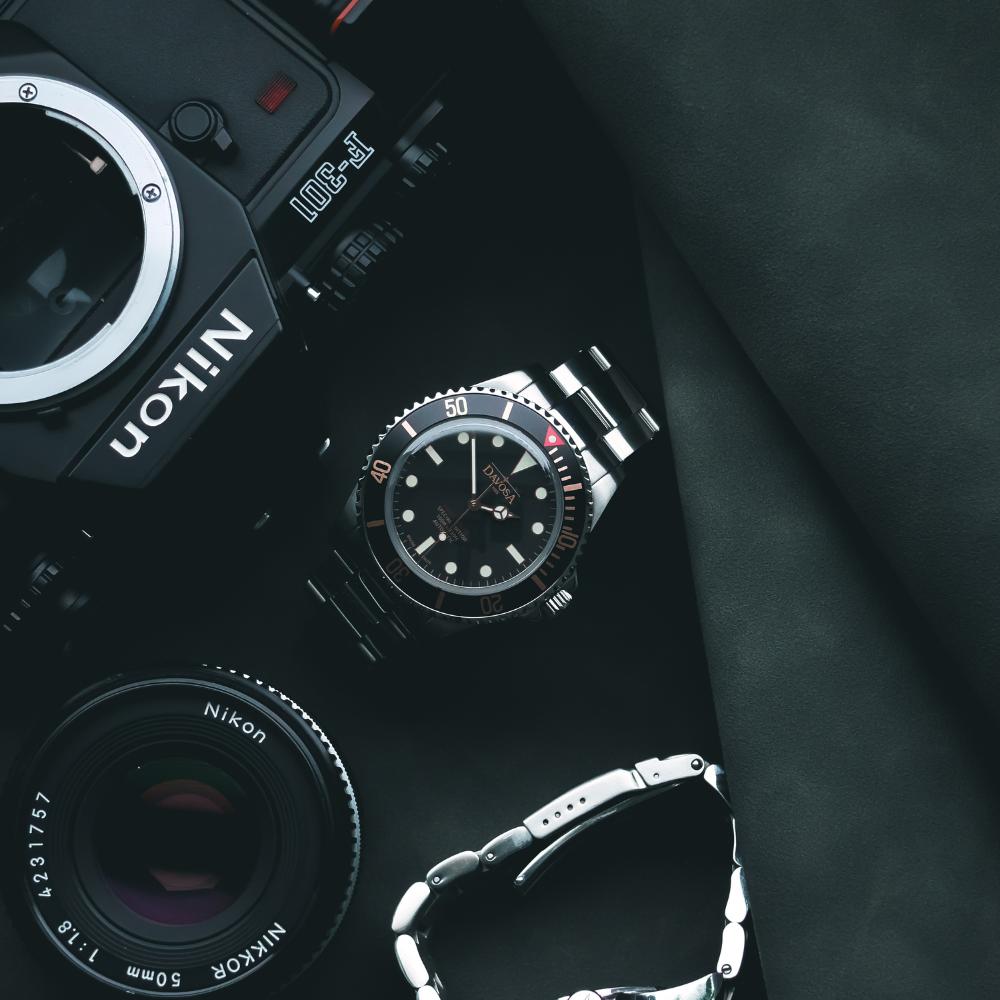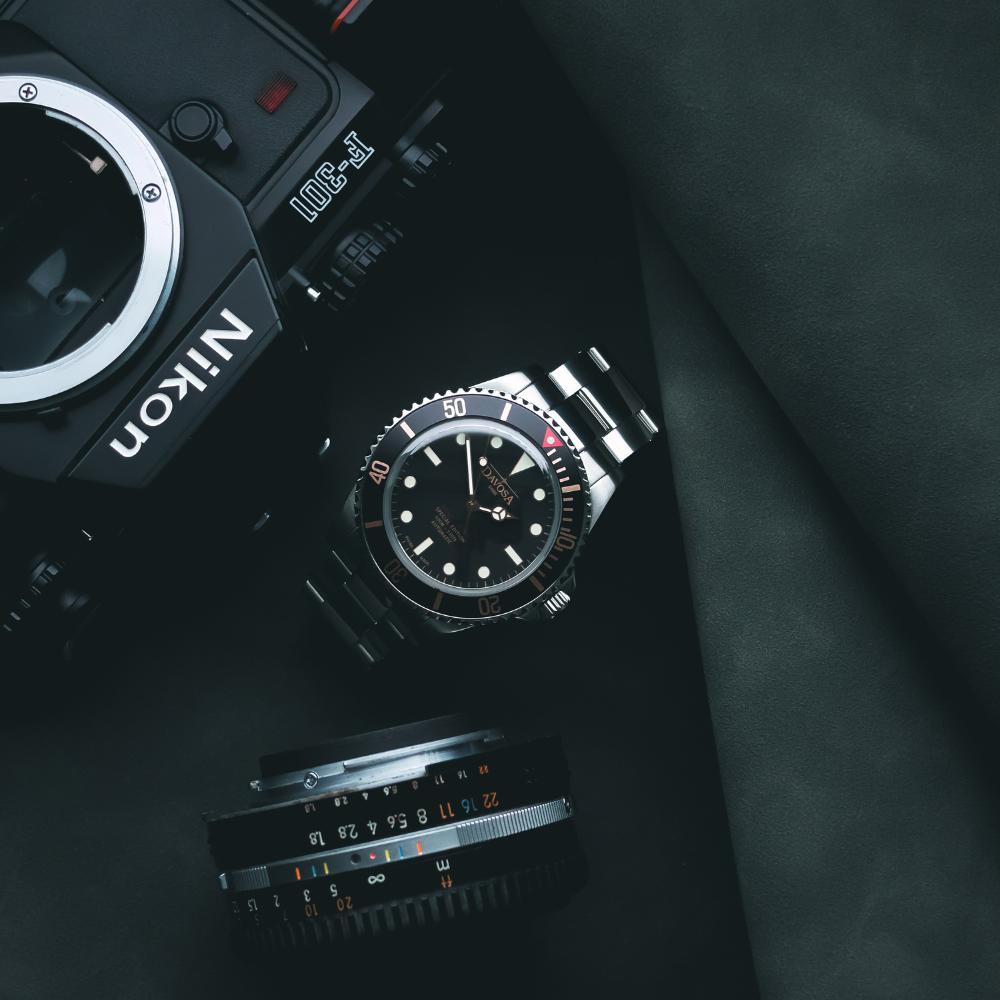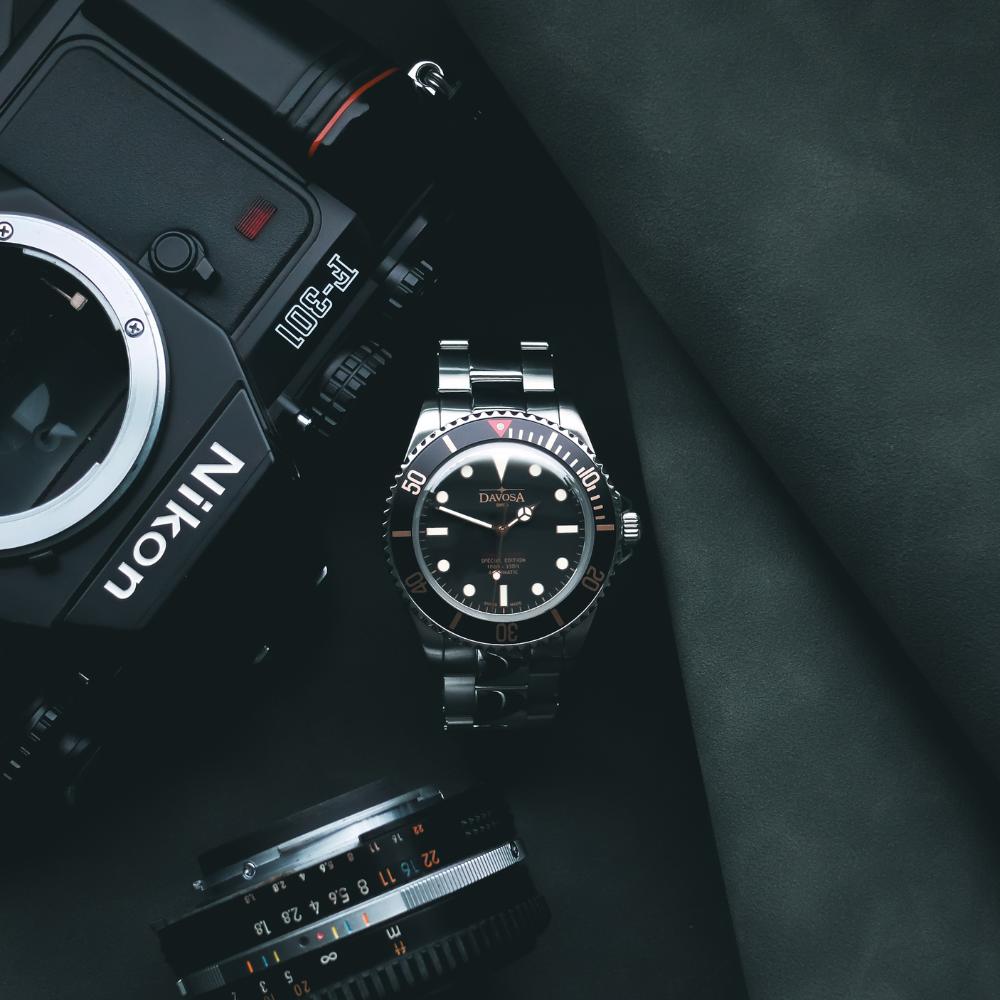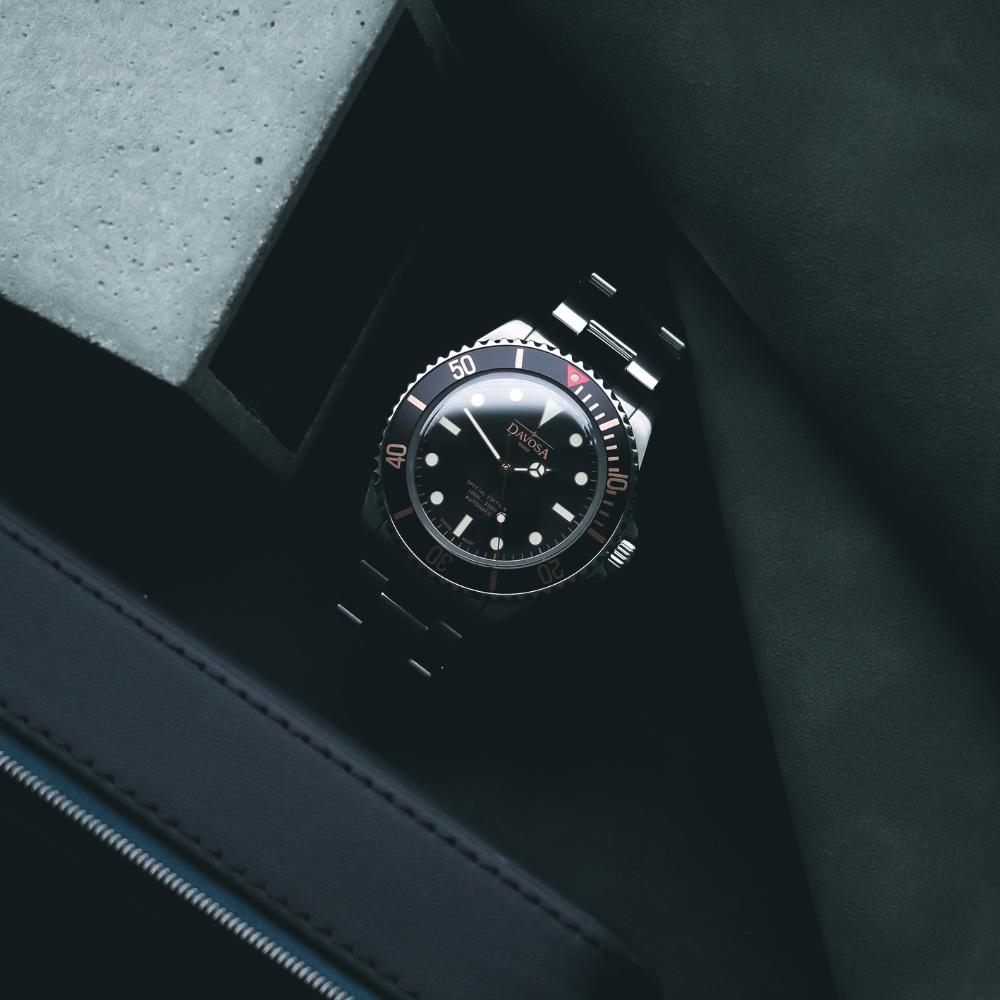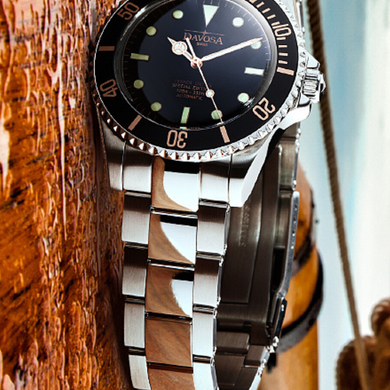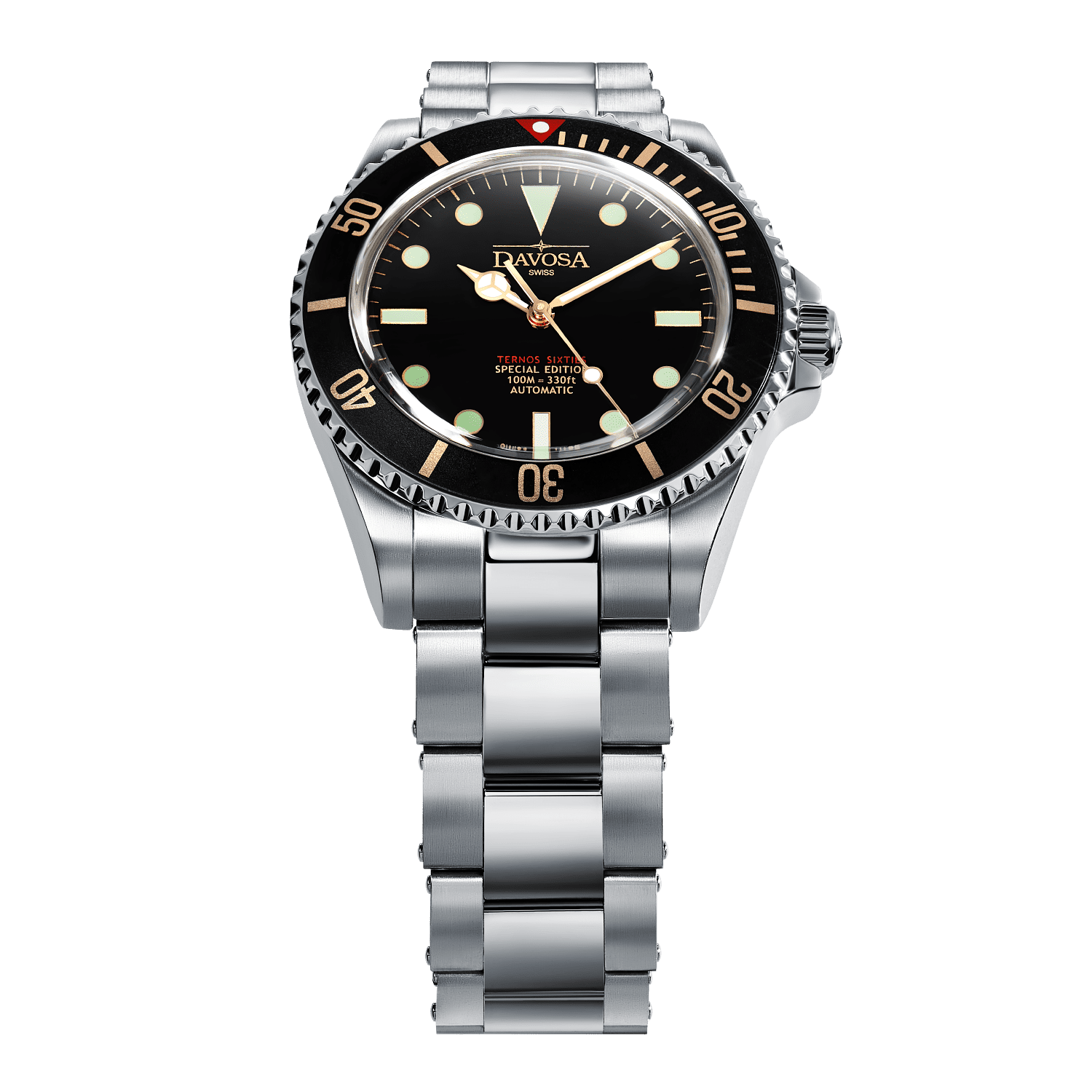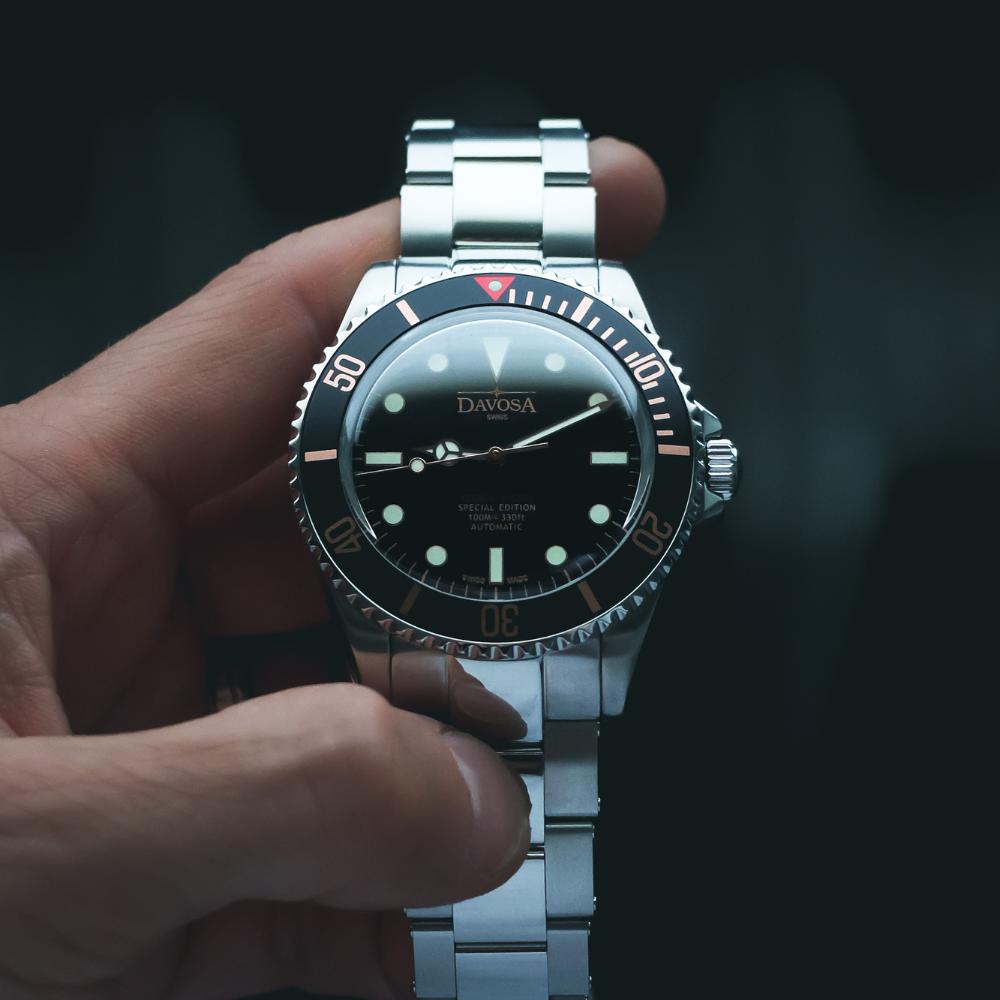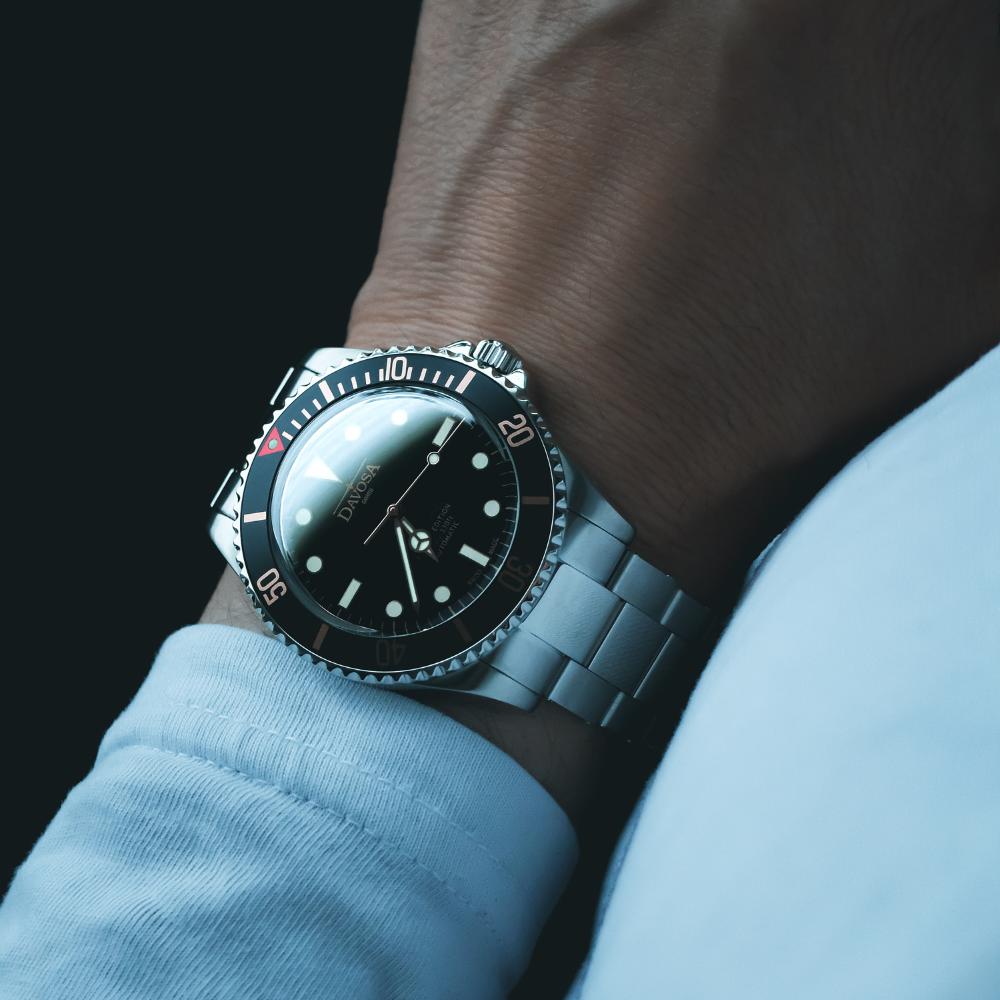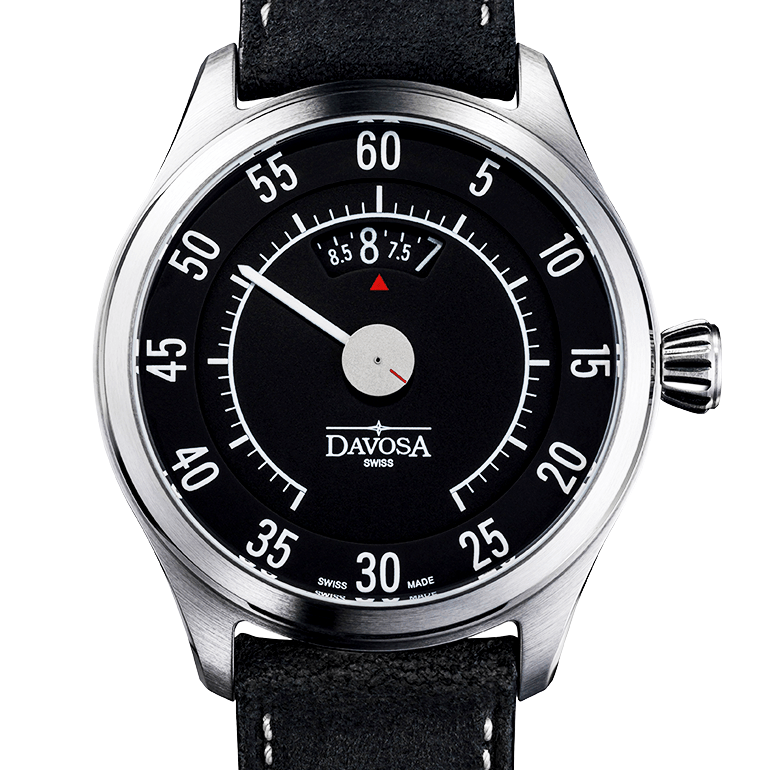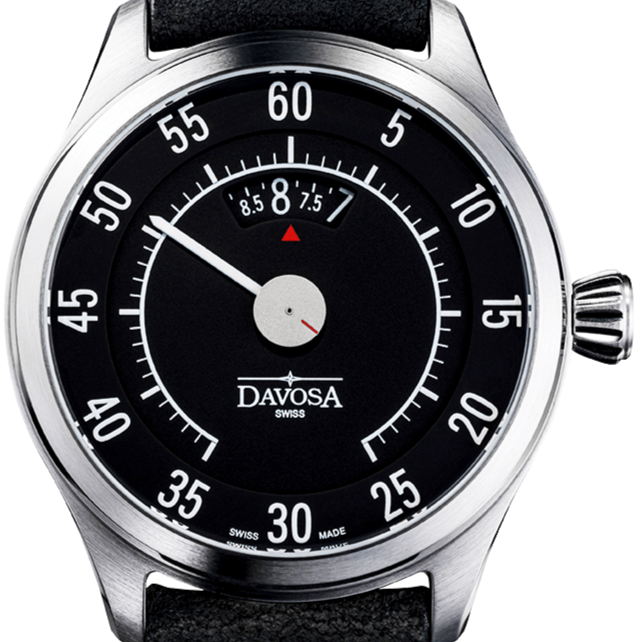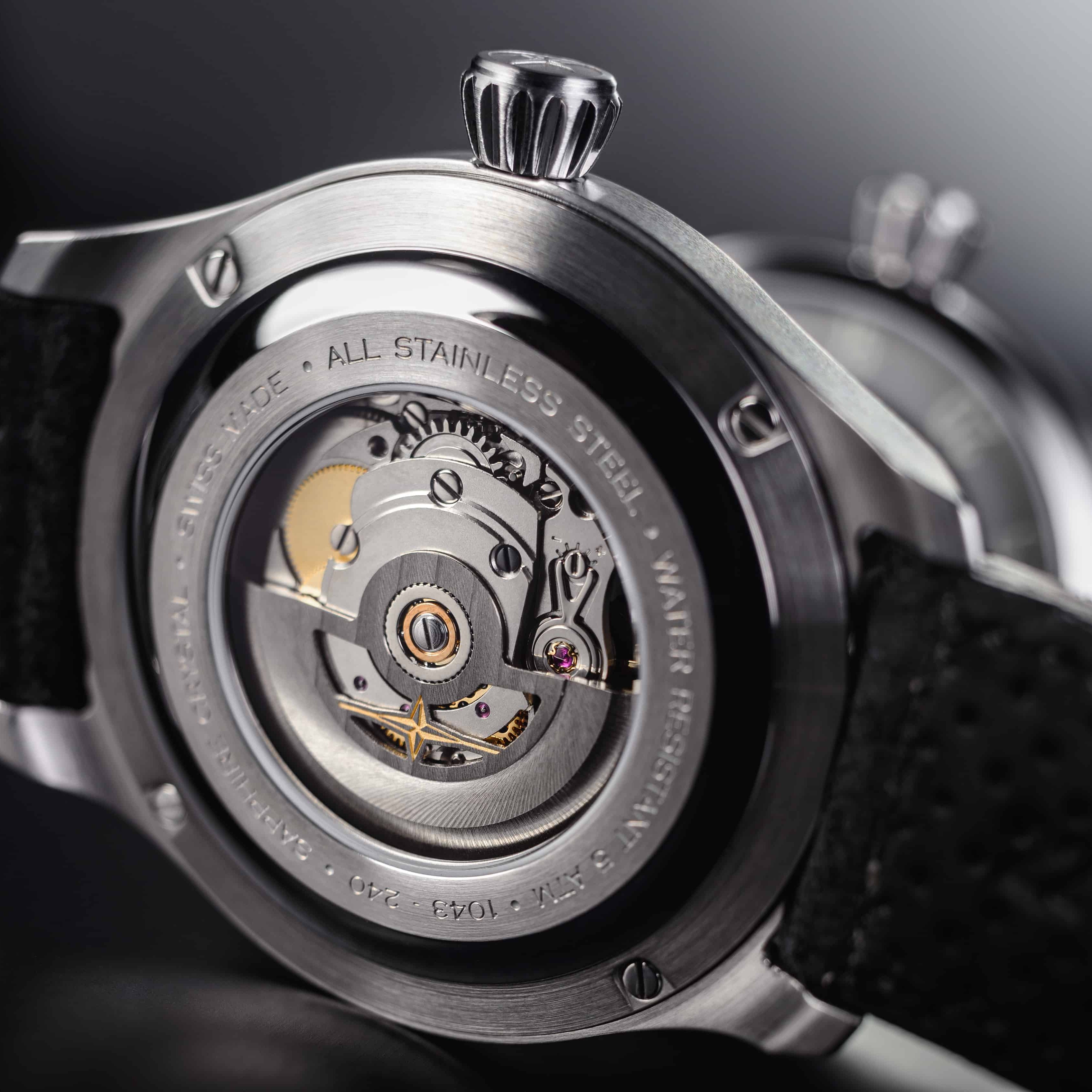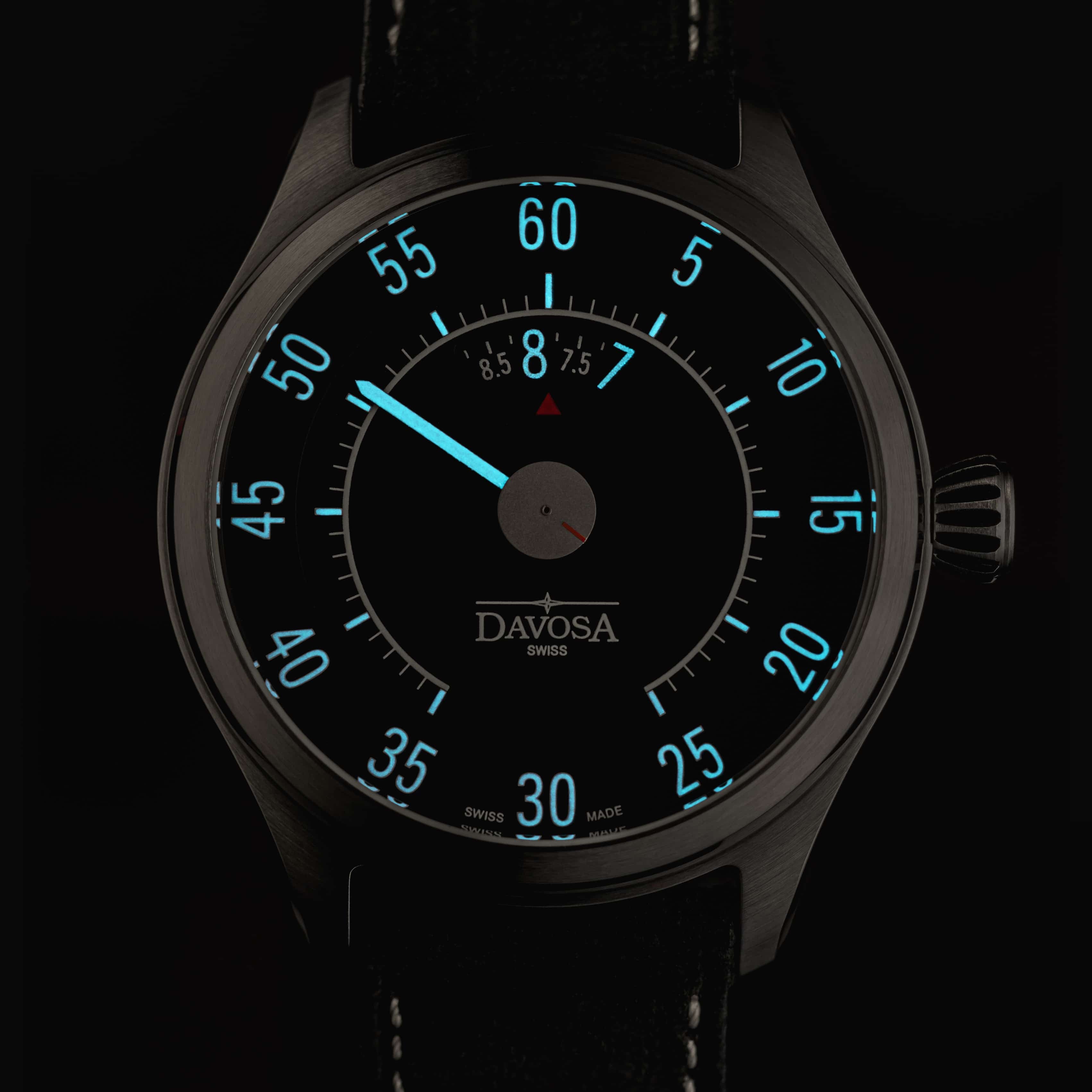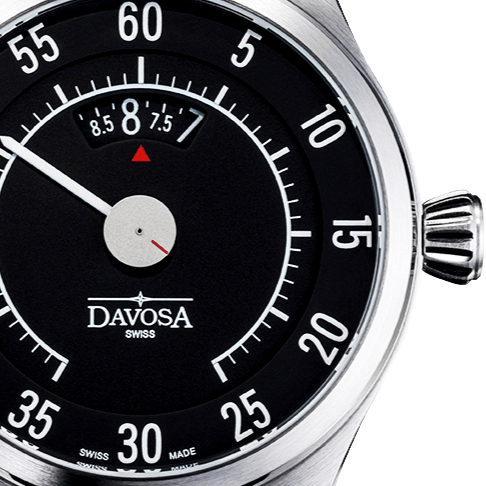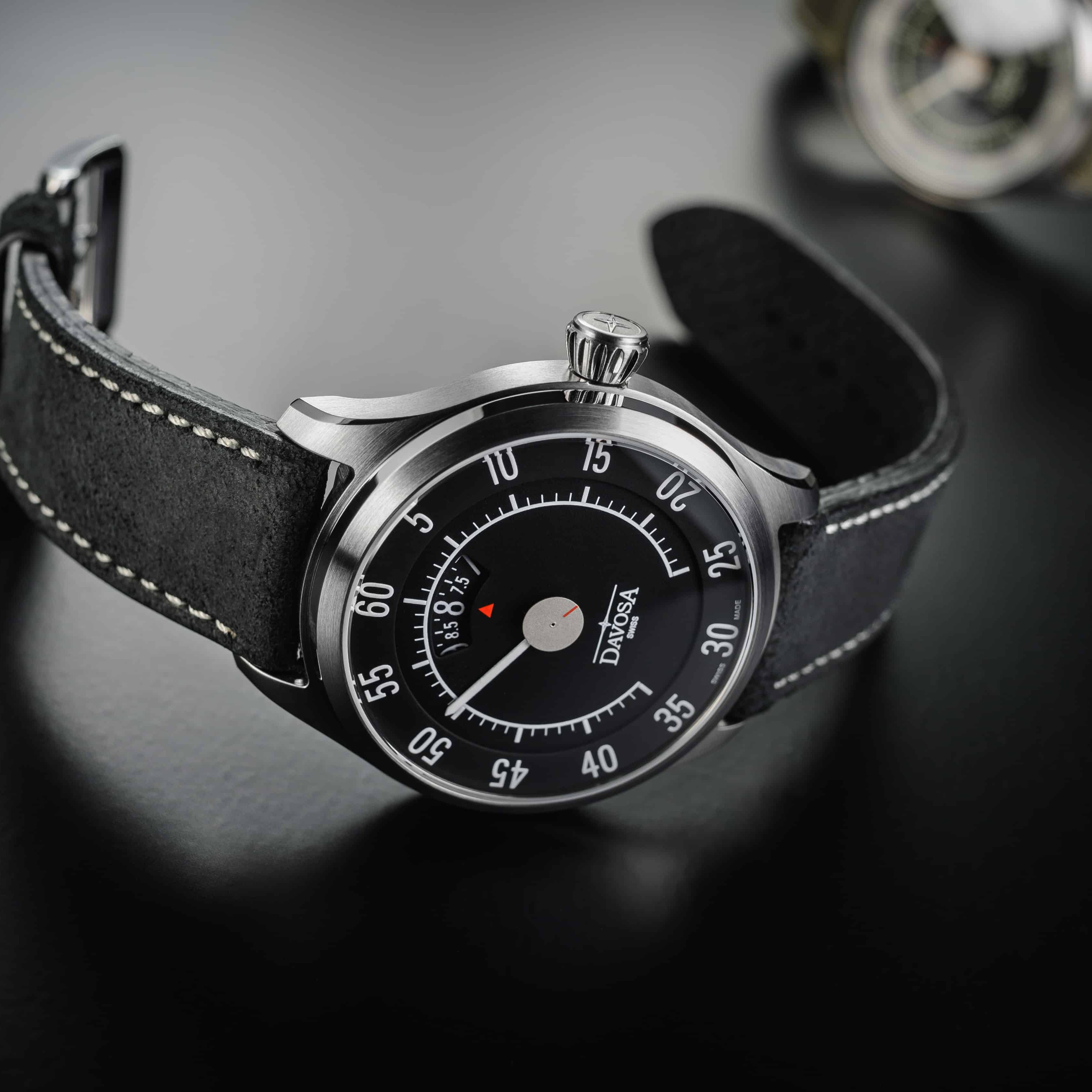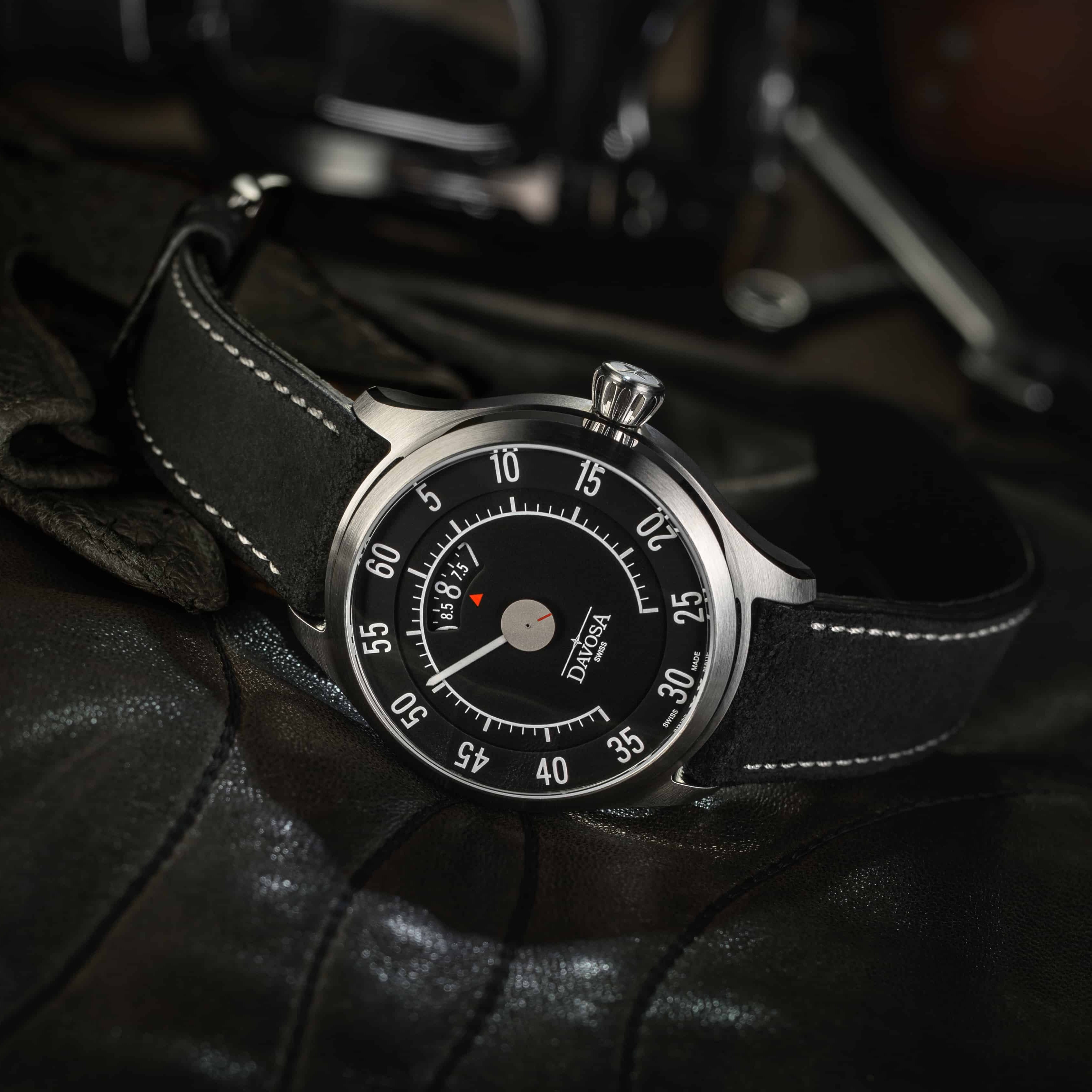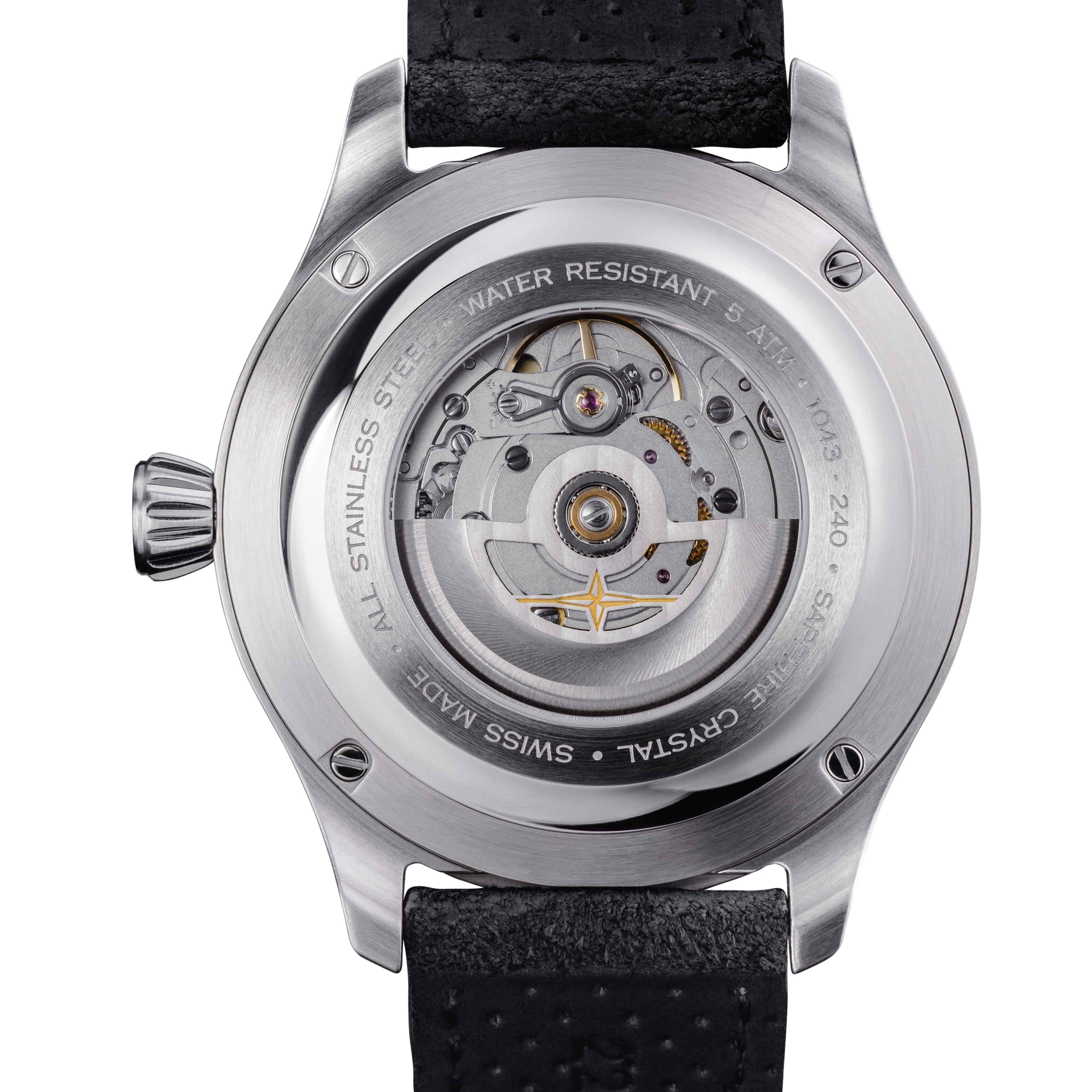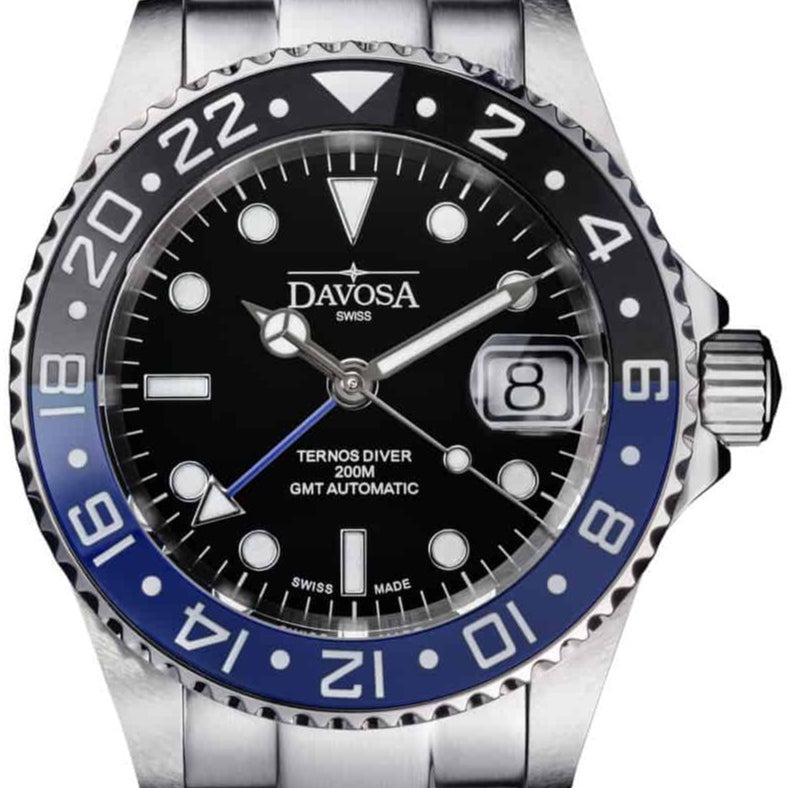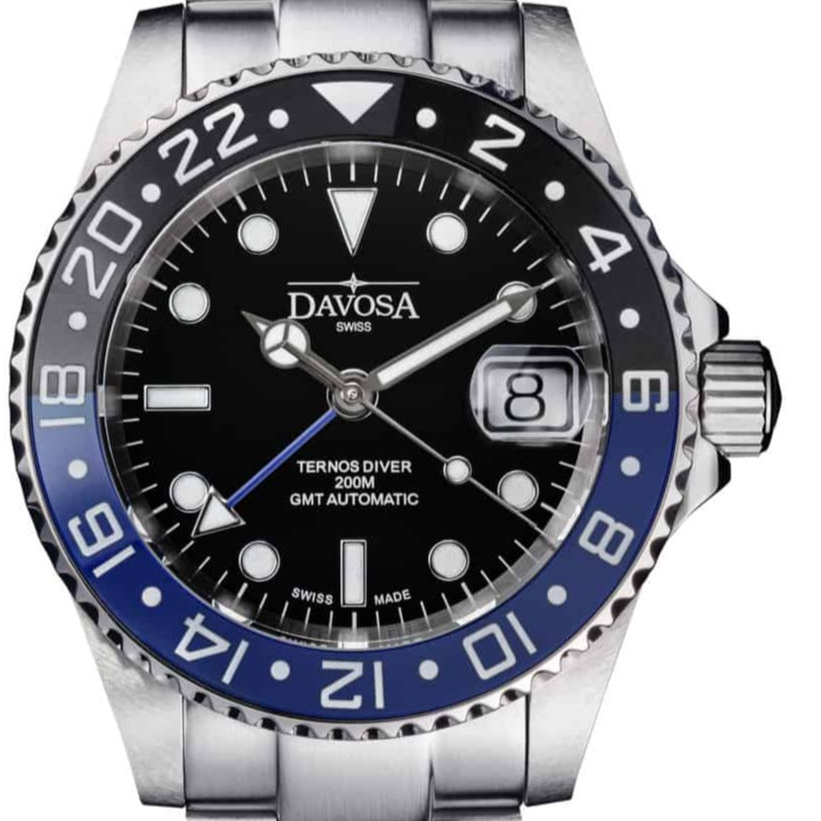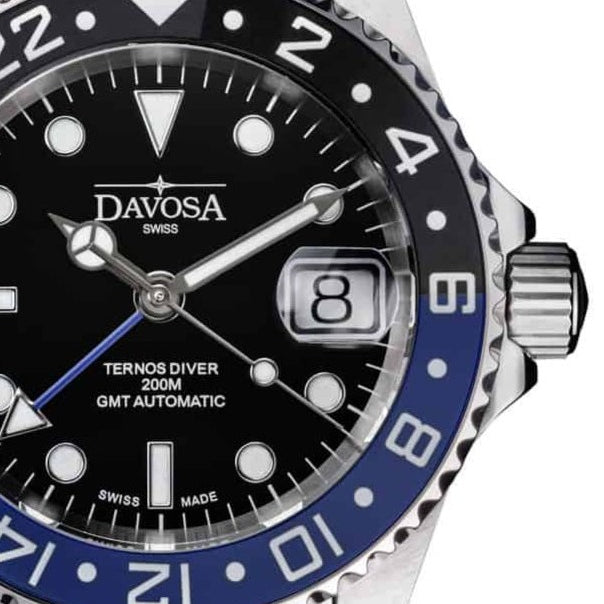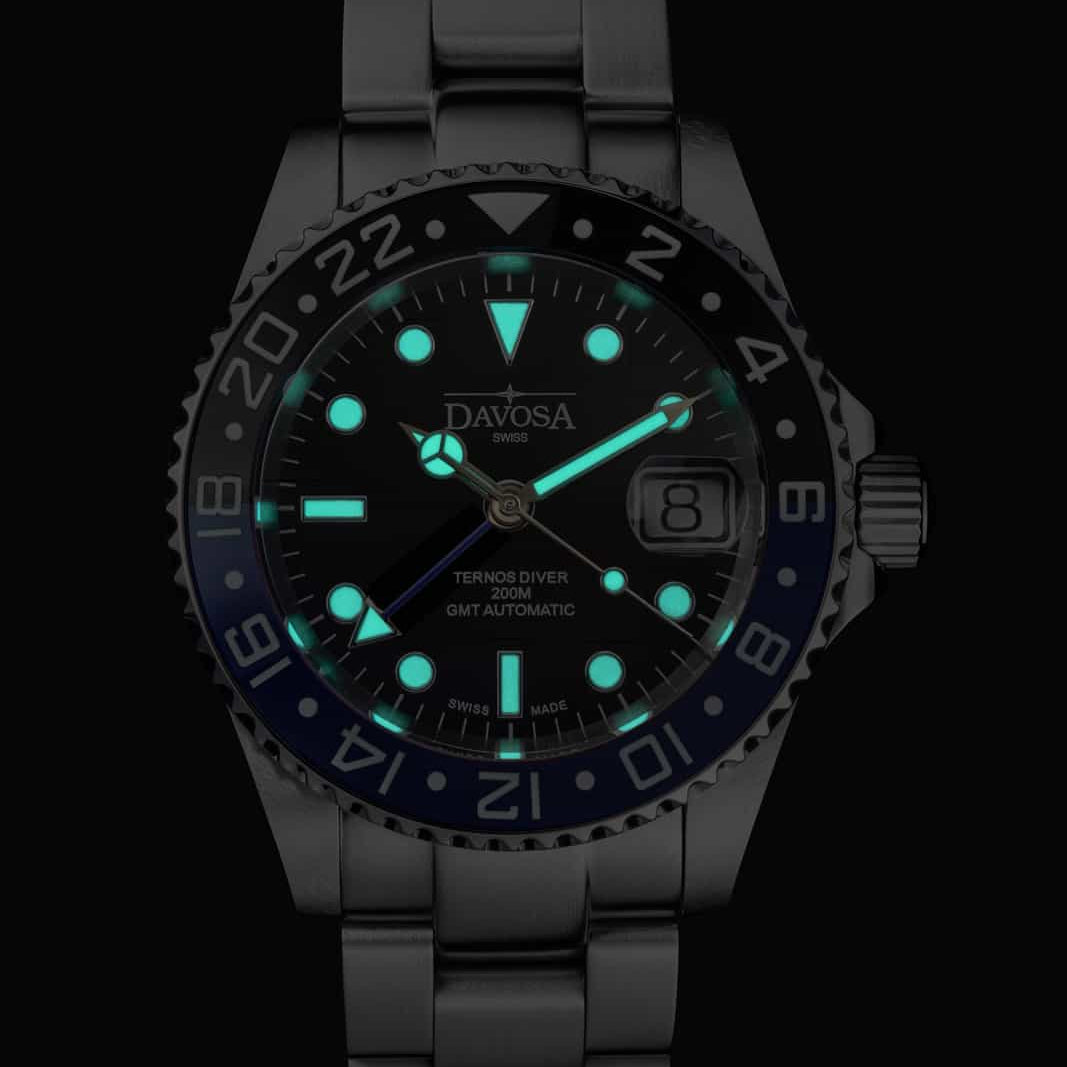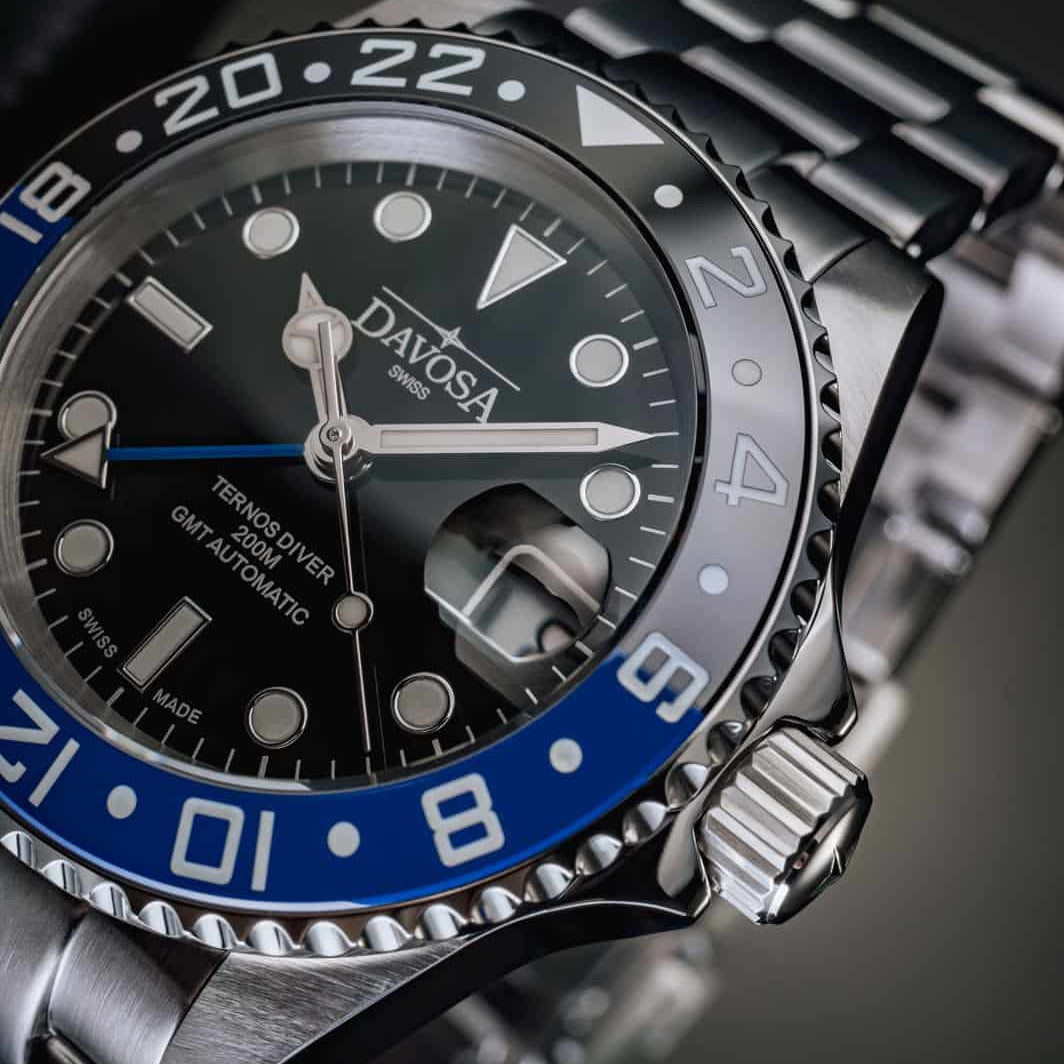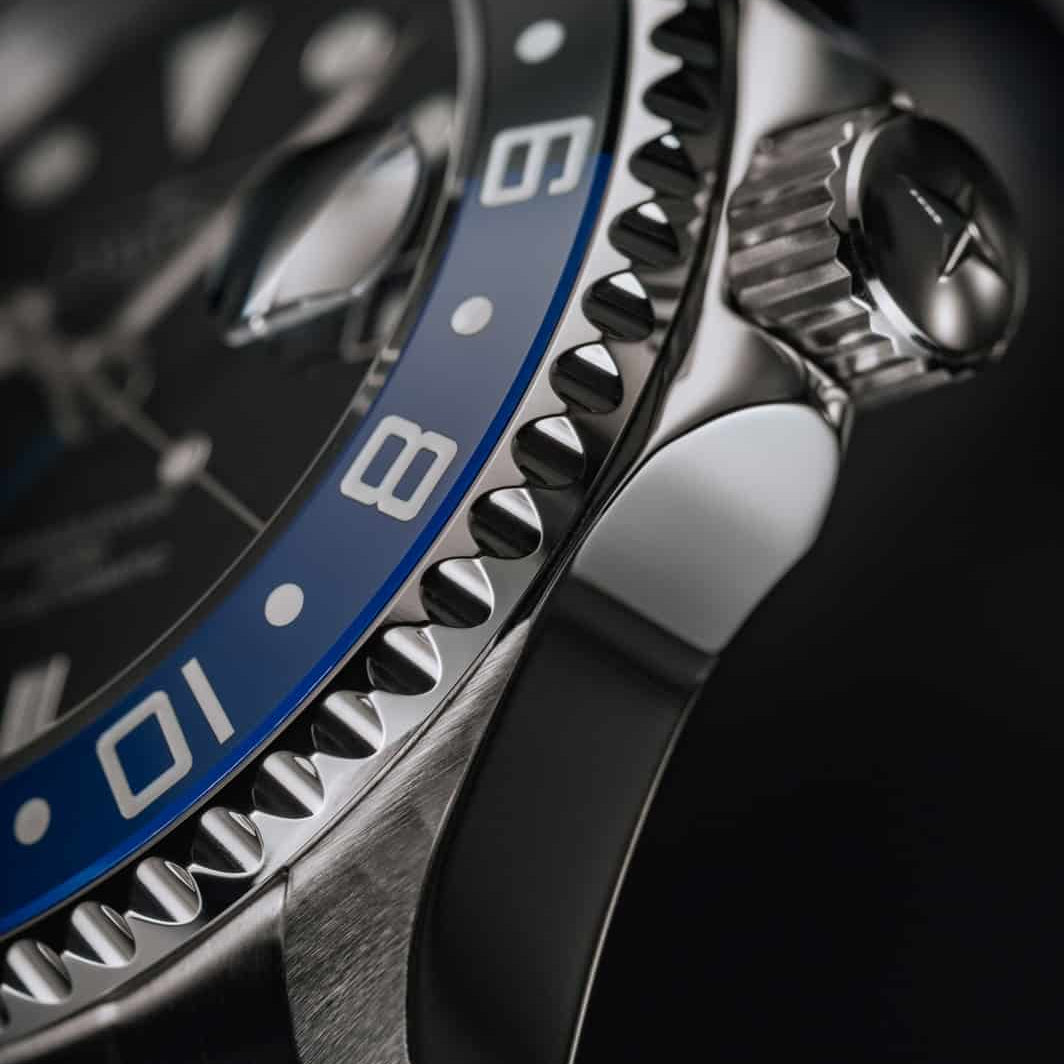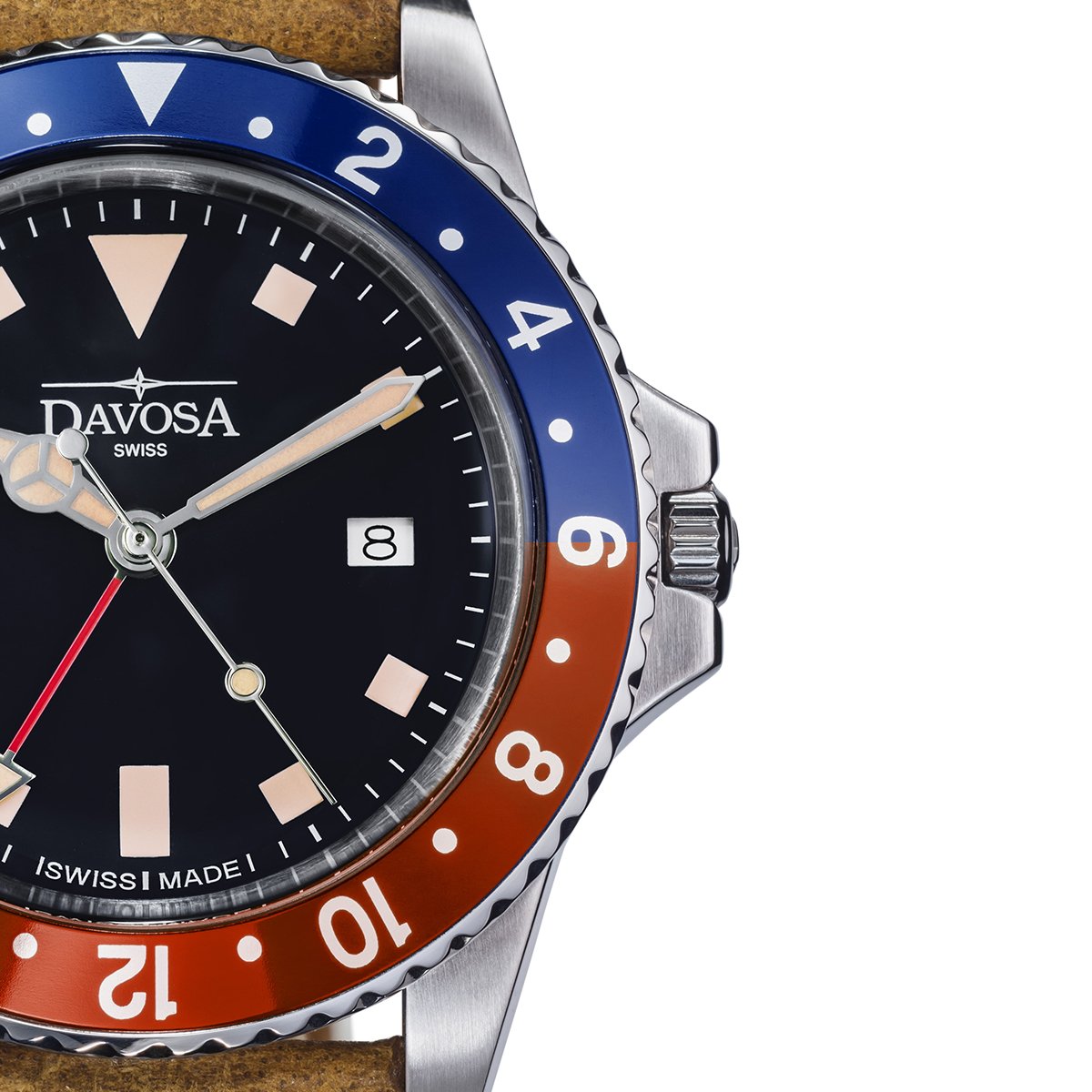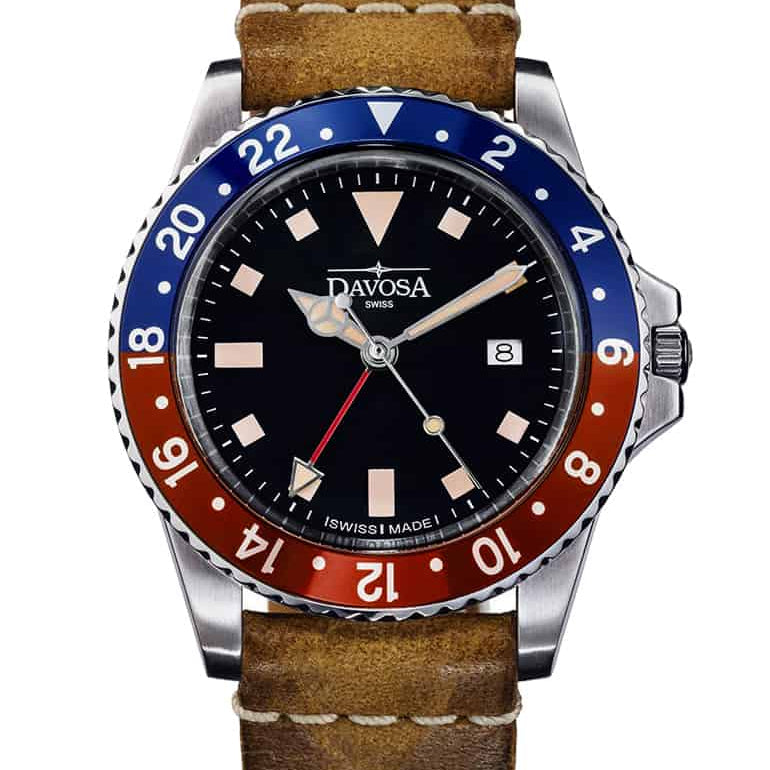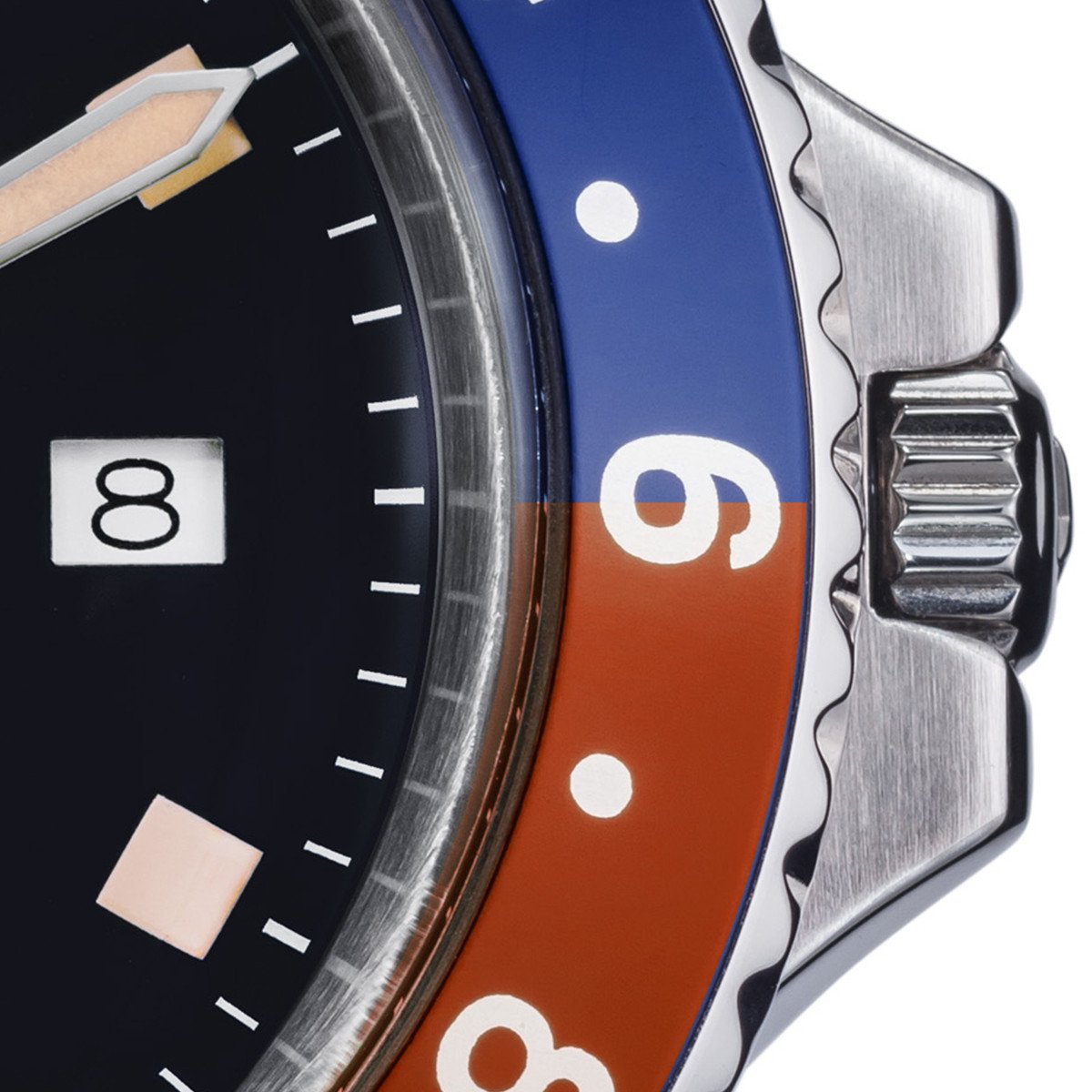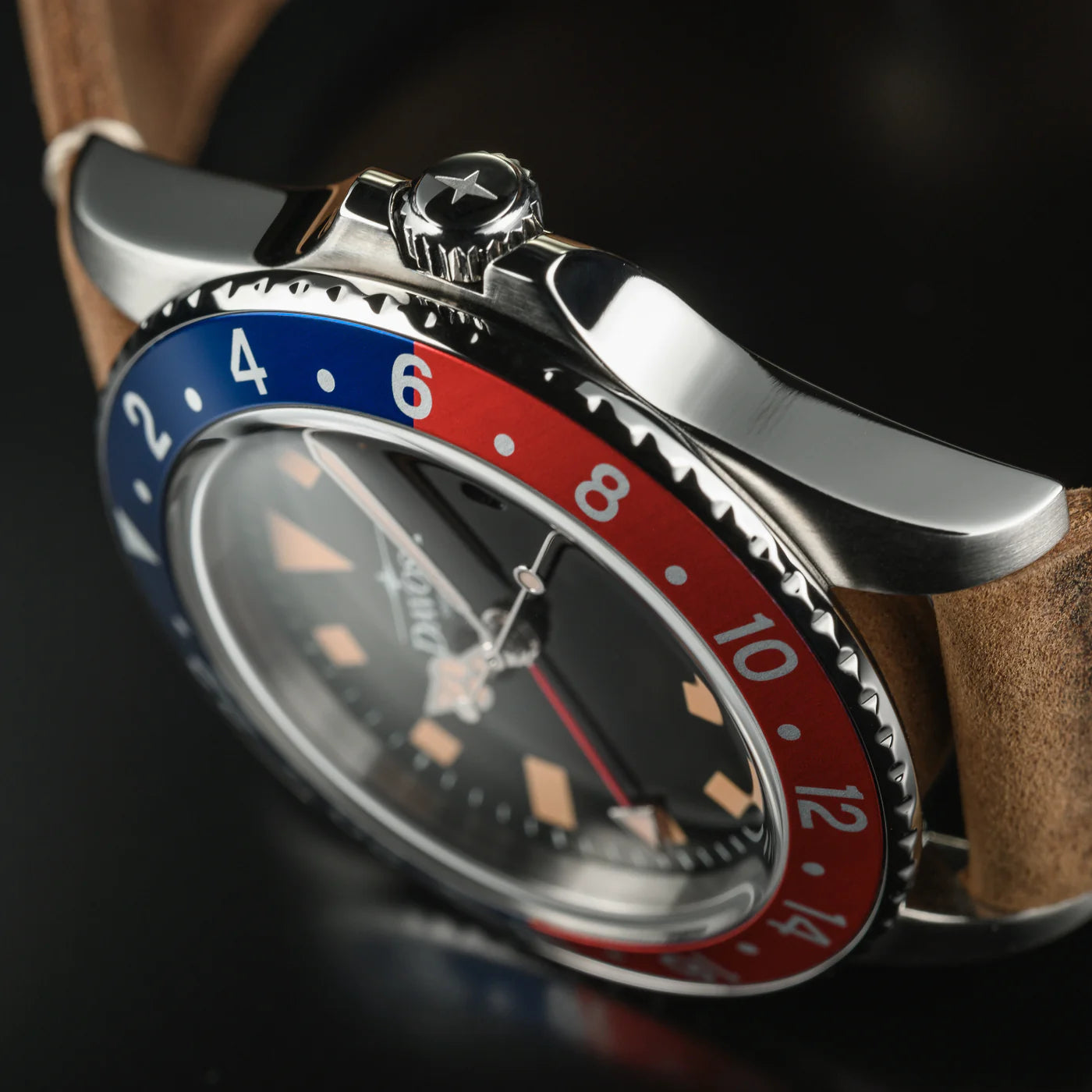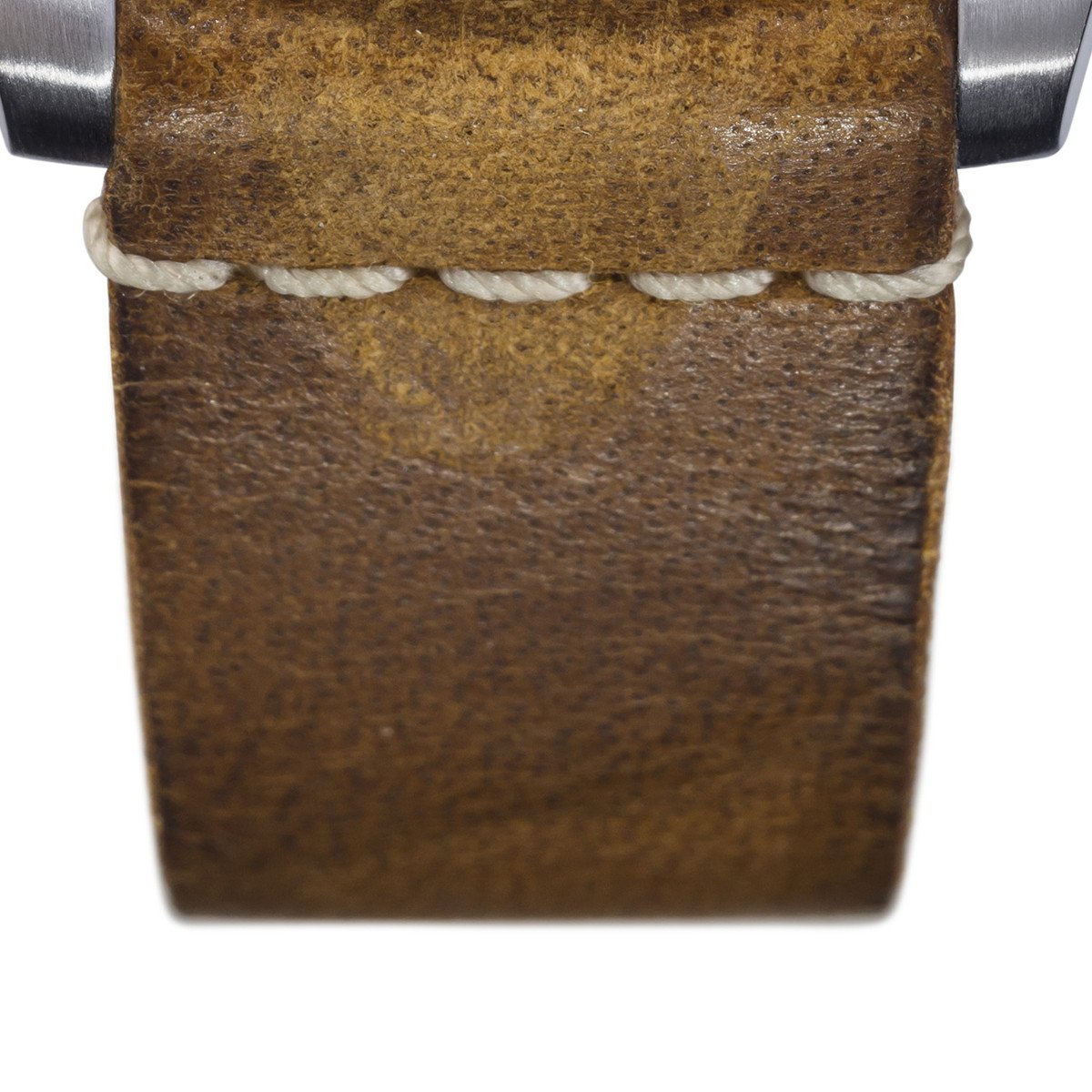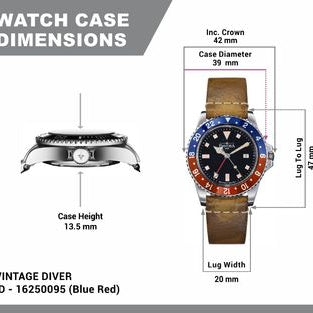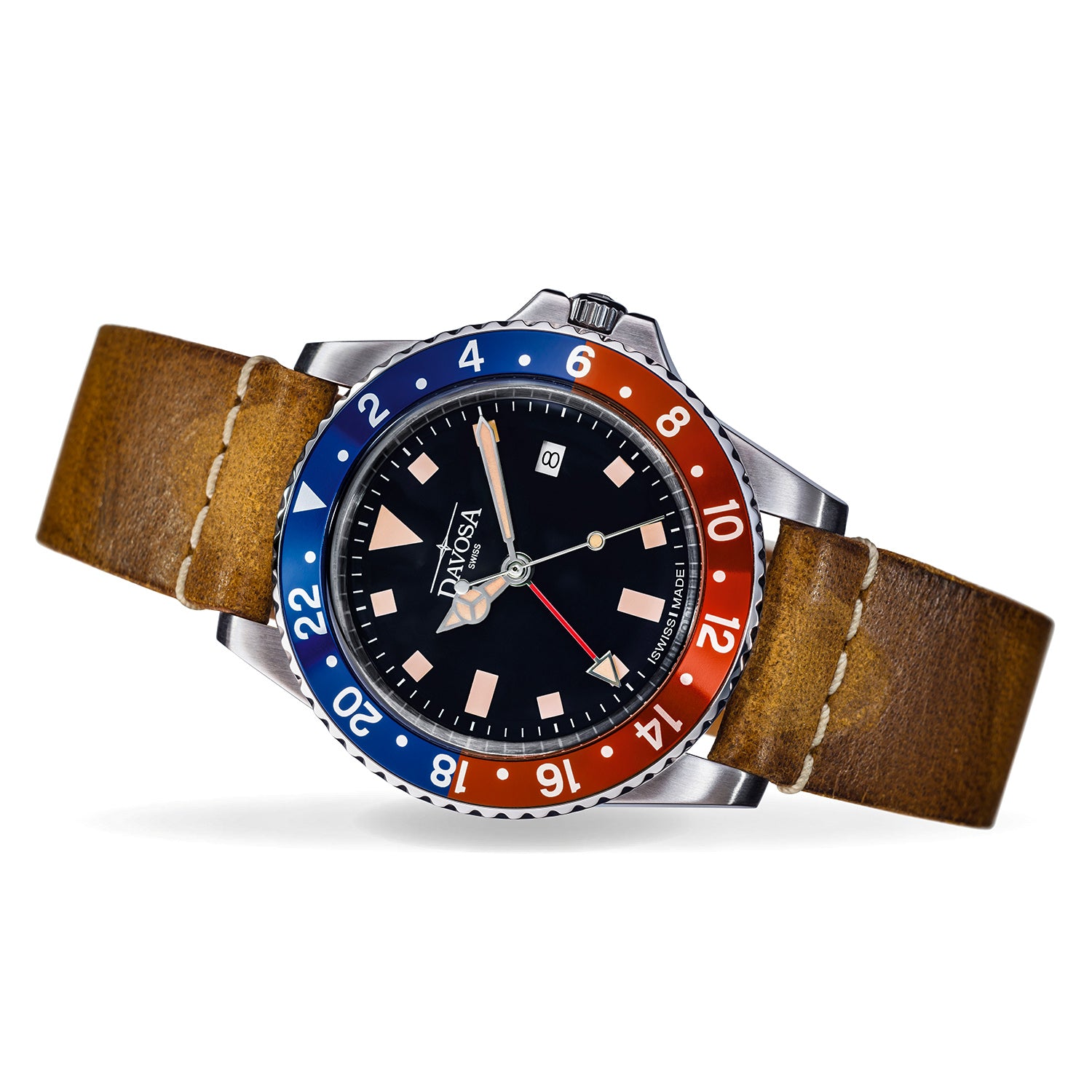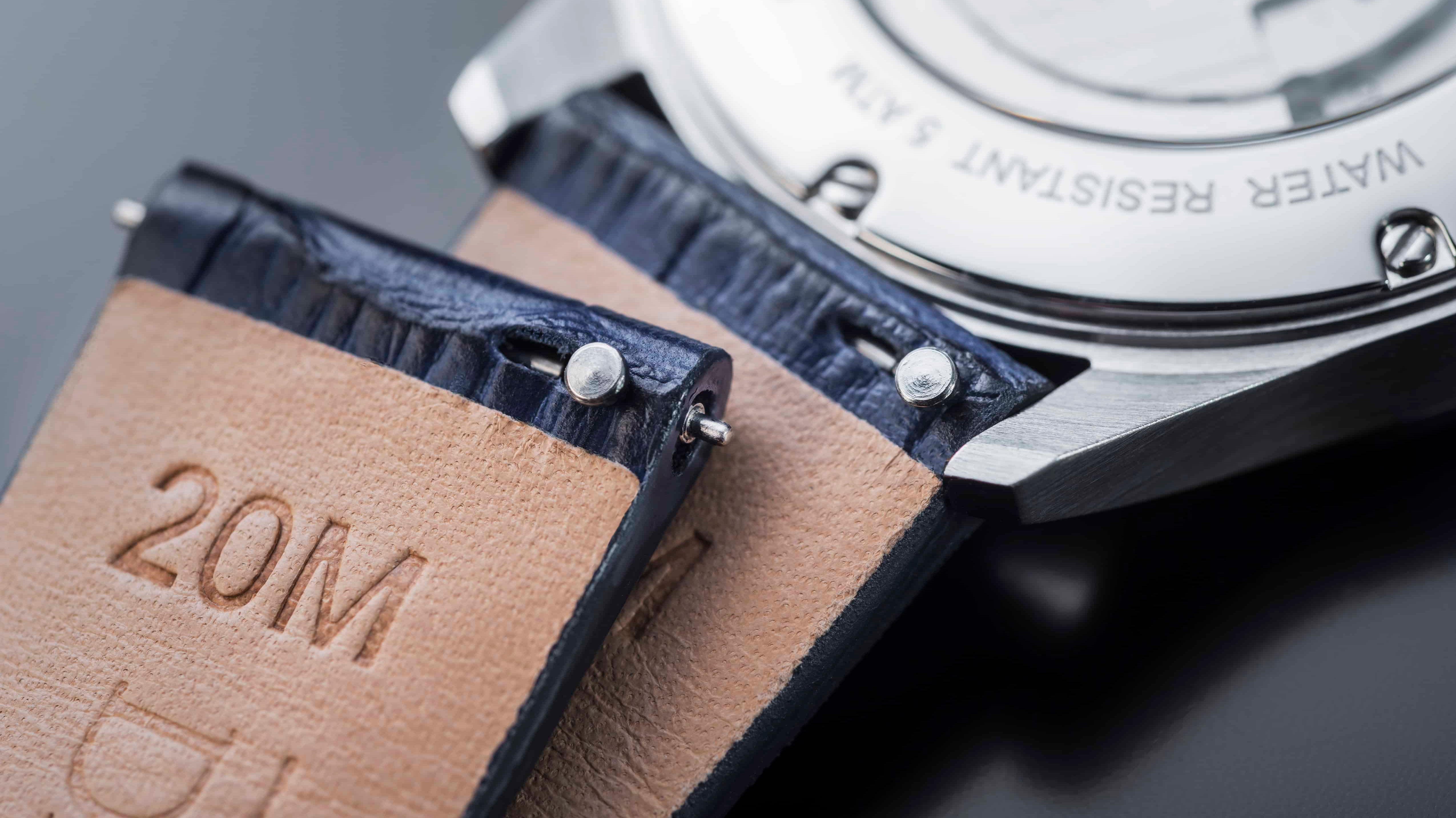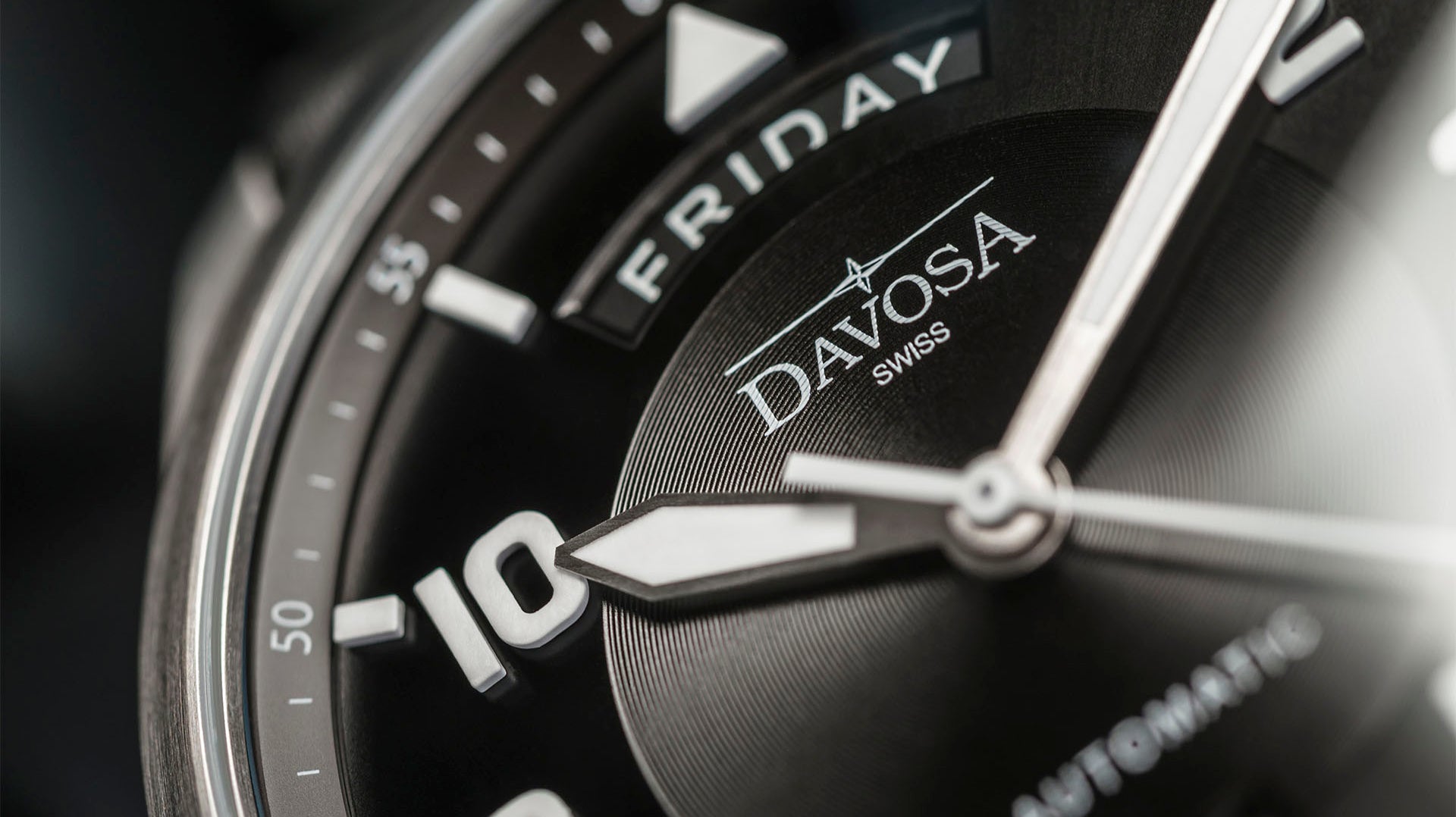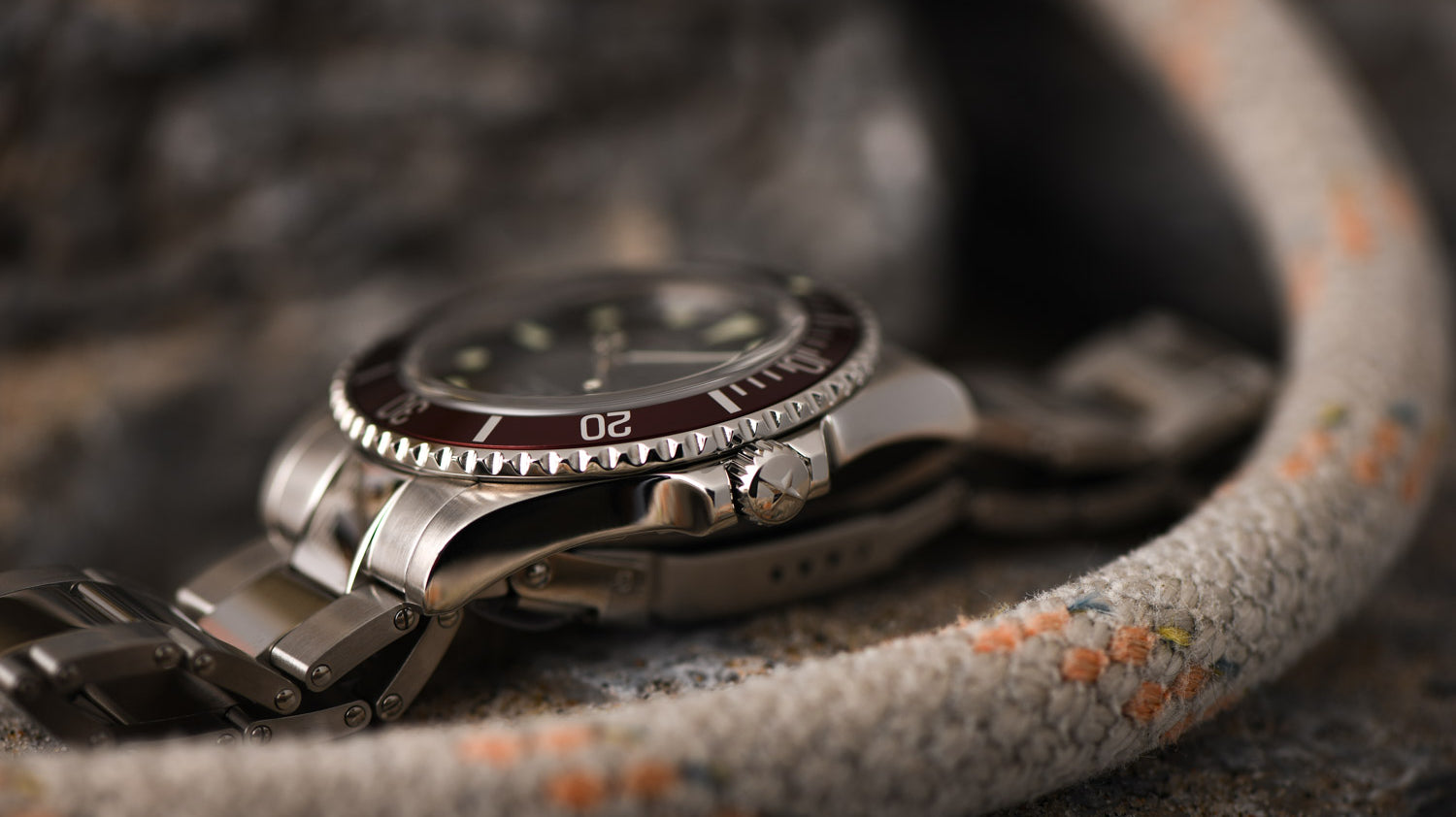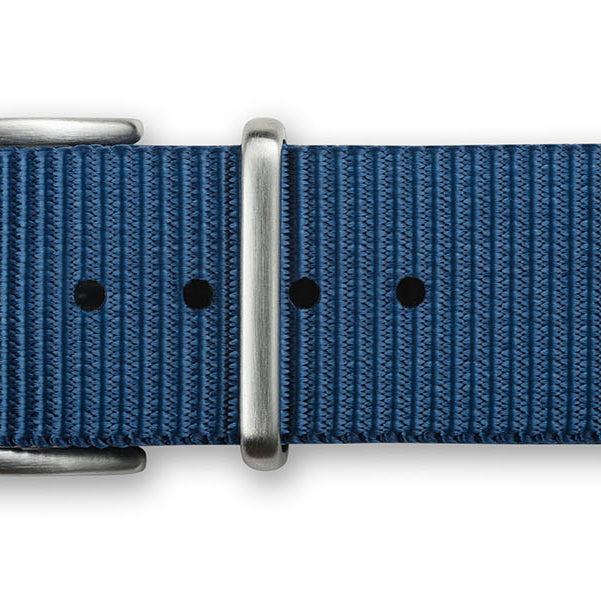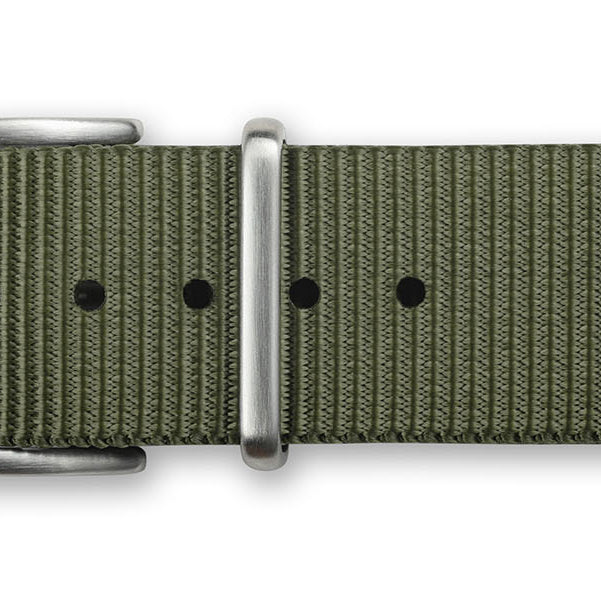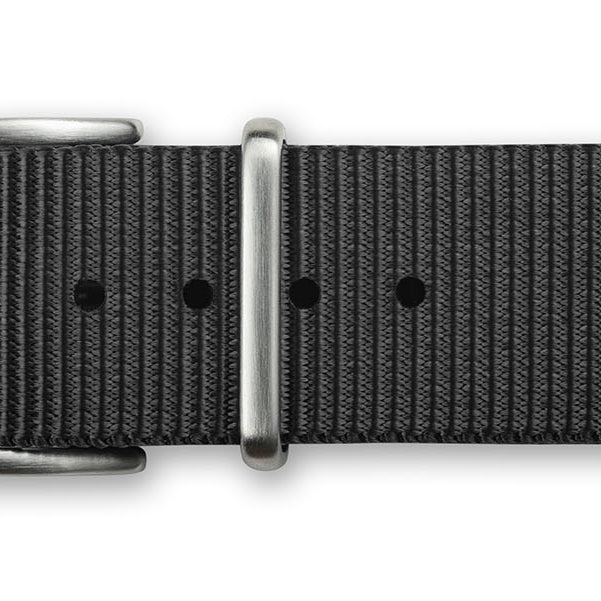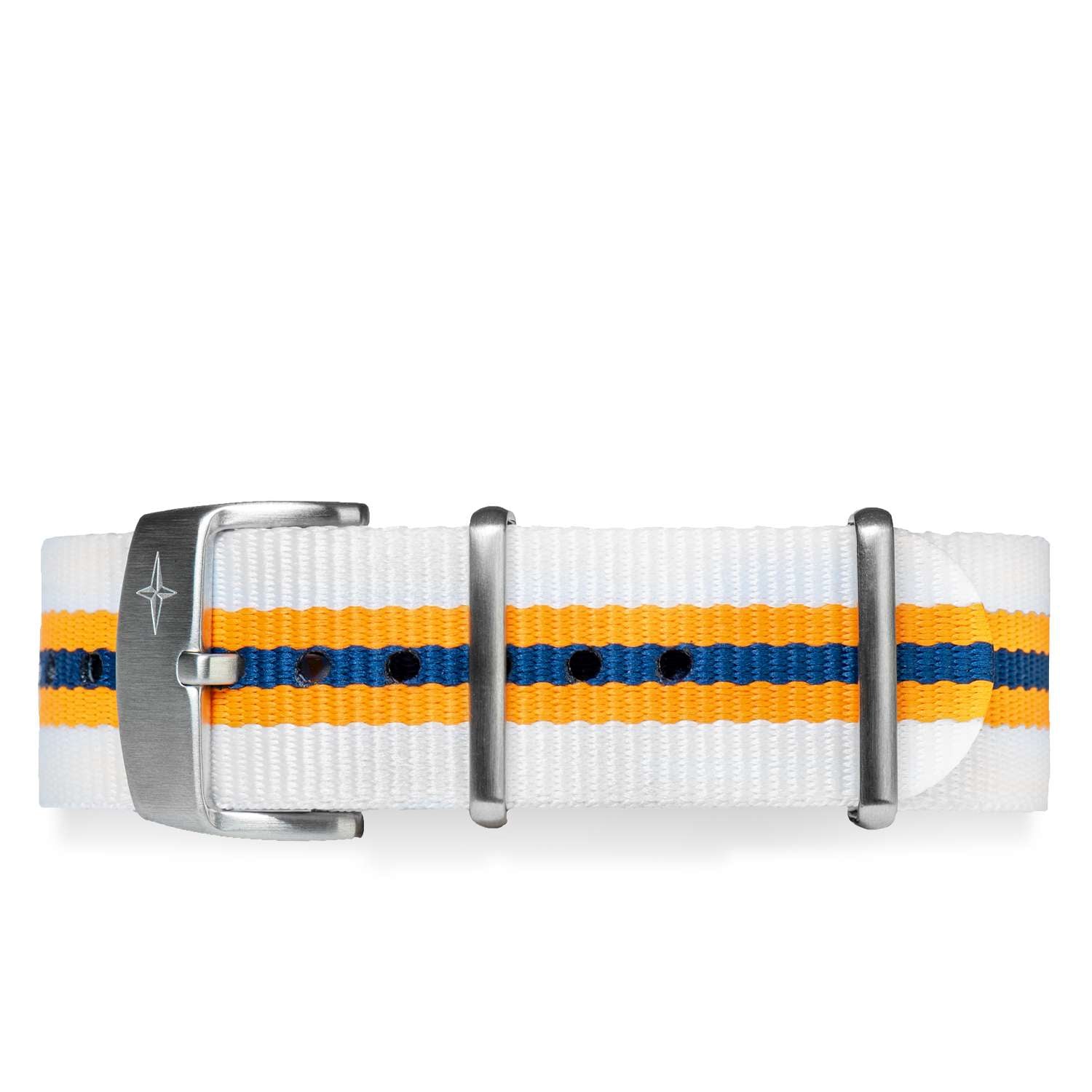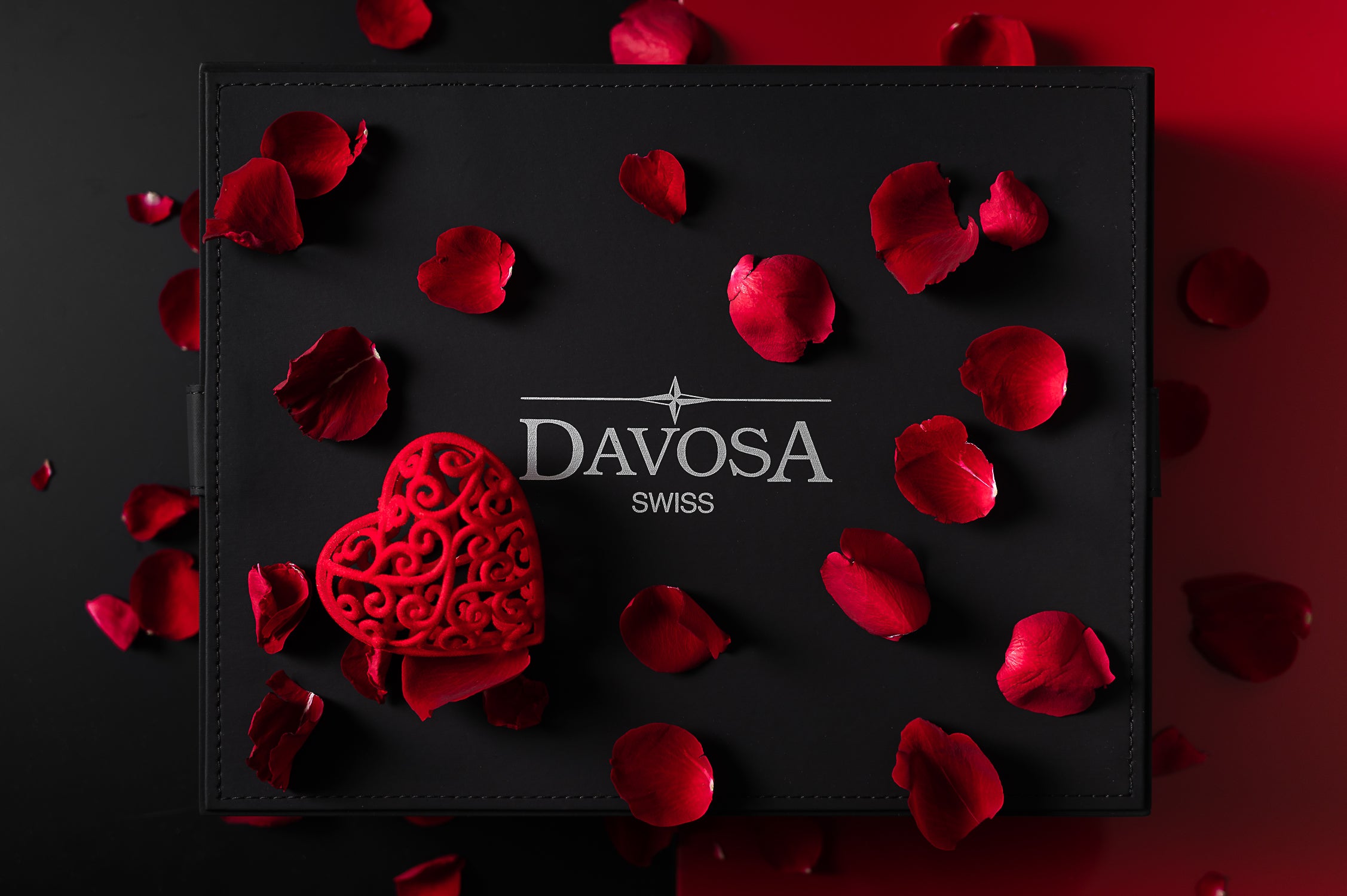When we look at a watch, it seems almost natural not to be concerned about how its dial is protected from dust and shock: that is, by the invisible and reassuring presence of its crystal. Yet, historically, the application of crystals to protect watch dials is a very recent development. And it is part, among other things, of the application of so many other innovations that have made our watches more beautiful and safer.
So, let's examine in this article how crystal made its debut in our watches and how it has evolved over the years to become an integral and fundamental part of making them more efficient, safe, and weatherproof.

What is the crystal on a watch?
The crystal on a watch serves much the same function as the windshield on a car. In ancient times, the first automobiles did not have protective glass: the driver and passengers had to wear goggles to protect themselves from the dust and water the cars kicked up as they drove - and the same happened with watches.
In ancient times, the first clocks had no protection: the dial was protected, when possible, by a kind of opening lid, also because the first clocks did not show the time through hands, but only through a series of musical mechanisms that marked the hours. Over time, these watch movements, which were very expensive, became simplified, and the hands' function became more and more important. This process went hand in hand with the development of increasingly modern and sophisticated watch crystals.
The evolution of watch crystals
As we said, the first high quality watches had lids that protected the dial (which was made of enamel or porcelain) from shocks. These lids were solid or worked to show an artistic motif that allowed a glimpse of the dial below.
At some point, they began to create a cover with a hole in the center, revealing part of the dial and hands so that watch users could examine the time without having to open the watch lid. This solution was called "half-hunter," while the one with a full cover was called full-hunter. Half-hunter timepieces provided some protection for the dial but did not completely solve the problem of dust and humidity.
So it happened that someone thought of inserting a small transparent crystal inside this porthole in the watch cover so that the watch user could check the time quickly. And over the years, this porthole became larger and larger, while the lid became smaller and smaller. Eventually, the technique of glass blowing became so sophisticated that it was able to create more complex shapes. So the glass became predominant over the lid, which was reduced to what we now call a watch bezel.

Why is it called a watch crystal?
The name crystal comes from the first crystals used in watchmaking, rock crystal. Without getting lost in technical explanations, rock crystal is a mineral of the quartz family that, in the most particular and expensive cases, is entirely transparent and therefore was used in ancient times to create transparent surfaces that could not be made with regular glass. We still call this type of material "crystal" today.
Today, with the technologies we have at our disposal, we can create crystals of excellent transparency and hardness. Still, we must not forget that this type of evolution is relatively modern and does not exist in nature. The only way to obtain crystals of a particular shape, therefore not flat, for a long time was to use rock crystals cut and smoothed in a specific way. Today, our sports and dress watches enjoy an amazing array of possibilities regarding the kind of crystals they can mount.
What is the purpose of a watch glass?
Obviously, the primary purpose of a modern watch crystal is to protect the dial from shock, dust, and moisture, but we know that it has not always been so. In ancient times, watches did not have a crystal, and both winding and setting often took place right from their dial. It was only later, around the nineteenth century, that crystal became important to protect the watch face, which has always represented its most exposed and visible part.
Especially today, the crystal and its accessory elements, such as lenses, make the watch more beautiful and easily readable, especially in low light and challenging reading. In addition, particular features applied to the crystal, such as the Cyclops lens made famous by Rolex, have become an integral part of specific models and today represent an essential element of style that accompanies several past and modern timepiece productions which compose our watch collection.

What is a watch crystal made from? Why does a watch need a crystal?
Nowadays, technology has made huge strides, and watch crystals are made from highly different materials ranging from plastic to sapphire crystals. So, finding out the material that makes up a crystal could be tricky, mainly since the characteristics and durability vary greatly depending on the material used.
Broadly speaking, there are three types of watch crystal, in order of hardness (and impact resistance):
- Acrylic crystal
- Mineral glass crystal
- Sapphire crystal
Acrylic crystal (glass-plastic)
With the evolution of plastics during the 20th century, several chemical companies made plastic "glass" that was transparent and durable enough to be used in military applications, such as in airplane nacelles and observation towers. In contrast to traditional glass, these glasses (based on Polymethyl Methacrylate - PMMA) do not splinter, and therefore pose no risk to people if the crystal happens to break.
These crystals are the simplest and cheapest you can find in watchmaking. They cost little, and they are easy and inexpensive to replace if they get scratched. Likewise, they are easily scratched, but it is also easy to polish them to make the surface lines disappear.
Mineral Crystal
Mineral crystal is an application of ordinary glass but is treated to prevent splintering in the event of a breakage. Over time, manufacturers have developed hardening treatments that give these crystals better resistance to scratching (such as Hardlex) and, at the same time, eliminate reflections that could compromise the readability of the dial.
On the contrary, if, by chance, these crystals are scratched, it becomes complicated to remove the scratch with traditional tools.

Sapphire Crystal
Sapphire is one of the hardest substances on the Mohs scale, second only to diamond. And our modern technology has managed to create artificial sapphire crystals that can withstand virtually any impact without scratching. Again, the crystals are subjected to treatments that make them harder and often serve to reduce light reflections.
However, this feature has a downside: a sapphire crystal, which is quite expensive, once scratched, is virtually impossible to polish. Therefore, the best solution is to replace it by buying another crystal.
Nowadays, technology has made huge strides, and watch crystals are made from highly different materials ranging from plastic to sapphire crystals. So, finding out the material that makes up a crystal could be tricky, mainly since the characteristics and durability vary greatly depending on the material used.
Broadly speaking, there are three types of watch crystal, in order of hardness (and impact resistance):
- Acrylic crystal
- Mineral glass crystal
- Sapphire crystal
Acrylic crystal (glass-plastic)
With the evolution of plastics during the 20th century, several chemical companies made plastic "glass" that was transparent and durable enough to be used in military applications, such as in airplane nacelles and observation towers. In contrast to traditional glass, these glasses (based on Polymethyl Methacrylate - PMMA) do not splinter, and therefore pose no risk to people if the crystal happens to break.
These crystals are the simplest and cheapest you can find in watchmaking. They cost little, and they are easy and inexpensive to replace if they get scratched. Likewise, they are easily scratched, but it is also easy to polish them to make the surface lines disappear.
Mineral Crystal
Mineral crystal is an application of ordinary glass but is treated to prevent splintering in the event of a breakage. Over time, manufacturers have developed hardening treatments that give these crystals better resistance to scratching (such as Hardlex) and, at the same time, eliminate reflections that could compromise the readability of the dial.
On the contrary, if, by chance, these crystals are scratched, it becomes complicated to remove the scratch with traditional tools.

Sapphire Crystal
Sapphire is one of the hardest substances on the Mohs scale, second only to diamond. And our modern technology has managed to create artificial sapphire crystals that can withstand virtually any impact without scratching. Again, the crystals are subjected to treatments that make them harder and often serve to reduce light reflections.
However, this feature has a downside: a sapphire crystal, which is quite expensive, once scratched, is virtually impossible to polish. Therefore, the best solution is to replace it by buying another crystal.
Distinguishing the various types of crystals is not very simple, but there are some methods. The first is... to kiss it! Acrylic crystals are warmer than mineral crystals, and our lips are the most heat-sensitive area of our bodies. So, if you place the crystal on your lips and it feels warm, it's probably an acrylic crystal, and if it feels cold, it's a mineral or sapphire crystal.
How to tell the difference between these two? First, they have different reflections, with the mineral crystal tending to be bluer and the other whiter. But one way to tell the difference is to drop a small drop of water. Unless there's a special surface coating on sapphire glass, the droplet holds its shape, whereas it tends to stick and disperse on mineral glass.
Also, if lightly struck with a fingernail, the two glasses resonate differently. The sapphire glass has a deeper sound, while the mineral glass has a sharper sound. Finally, the ultimate test is with a refraction tester used in gemology - but if you have one, why are you reading this guide?
Nowadays, technology has made huge strides, and watch crystals are made from highly different materials ranging from plastic to sapphire crystals. So, finding out the material that makes up a crystal could be tricky, mainly since the characteristics and durability vary greatly depending on the material used.
Broadly speaking, there are three types of watch crystal, in order of hardness (and impact resistance):
- Acrylic crystal
- Mineral glass crystal
- Sapphire crystal
Acrylic crystal (glass-plastic)
With the evolution of plastics during the 20th century, several chemical companies made plastic "glass" that was transparent and durable enough to be used in military applications, such as in airplane nacelles and observation towers. In contrast to traditional glass, these glasses (based on Polymethyl Methacrylate - PMMA) do not splinter, and therefore pose no risk to people if the crystal happens to break.
These crystals are the simplest and cheapest you can find in watchmaking. They cost little, and they are easy and inexpensive to replace if they get scratched. Likewise, they are easily scratched, but it is also easy to polish them to make the surface lines disappear.
Mineral Crystal
Mineral crystal is an application of ordinary glass but is treated to prevent splintering in the event of a breakage. Over time, manufacturers have developed hardening treatments that give these crystals better resistance to scratching (such as Hardlex) and, at the same time, eliminate reflections that could compromise the readability of the dial.
On the contrary, if, by chance, these crystals are scratched, it becomes complicated to remove the scratch with traditional tools.

Sapphire Crystal
Sapphire is one of the hardest substances on the Mohs scale, second only to diamond. And our modern technology has managed to create artificial sapphire crystals that can withstand virtually any impact without scratching. Again, the crystals are subjected to treatments that make them harder and often serve to reduce light reflections.
However, this feature has a downside: a sapphire crystal, which is quite expensive, once scratched, is virtually impossible to polish. Therefore, the best solution is to replace it by buying another crystal.
What is purpose of watch crystal?
As we mentioned, the primary function of a watch crystal is to protect the dial while providing maximum readability. Apart from some watches with metal dials, therefore less prone to shocks, most watch dials use delicate materials and workmanship, which could be easily ruined.
Therefore, it becomes essential that the dial of a watch is protected from shocks and atmospheric agents such as humidity to protect the delicate hands and the internal mechanism. And for this purpose, we find the crystal which performs this important protective function.

Can the watch crystal be replaced?
Replacing a broken or scratched crystal is almost always possible precisely because watches are made of replaceable parts. And even if the watch in question is part of the vintage and therefore no longer in production, chances are you can find a compatible crystal size to replace a broken or scratched one. However, if the crystal becomes more distinctive (such as shaped crystals, typical of Art Deco timepieces), it will be more challenging to find a satisfactory alternative.
Manufacturers usually have crystals that can be replaced for their most popular models, but they often reserve their availability to the official maintenance networks. However, this is not a certainty, so if you need to replace the crystal of your watch, you should always check.
We must say that very often, there is little difference between an original crystal and a compatible crystal. Still, it is always better to check case by case, either by contacting an authorized service center for that specific brand or an independent watchmaker and drawing your own very personal conclusions.
How much does it cost to replace a watch crystal?
The cost of a watch crystal varies according to the material it is made of, its complexity and the treatments it has undergone, and of course, whether it is an original spare part or not. We must also think some crystals may have particular shapes and, therefore, are difficult to reproduce with standard spares. In this case, the replacement work could be more expensive and, therefore, cost more.
Remember that some crystals are explicitly made to ensure a certain degree of water resistance to the watch. However, if the crystal is not original, this feature is no longer guaranteed, and therefore it is necessary to ask your watchmaker to conduct a specific water-resistance test.
In any case, the replacement of acrylic glass can cost a few tens of dollars, while if you go up a level, these prices rise to reach hundreds, and in some cases, thousands of dollars.
Main Takeaways
As we have seen, crystals also have an essential function in protecting a watch and ensuring its functionality and readability. We must remember that without the technical evolutions we have had in the field of glass and plastic production, all this would have been impossible: but this is part of that silent and constant improvement that has led our timepieces to be the precious and reliable instruments they are today.
So, welcome the crystals and their peculiarities, which have allowed us to see our timepieces better and make their use more widespread and comfortable worldwide.

The Davosa-USA.com website is NOT affiliated in any way with Audemars Piguet, Franck Muller USA, Inc. Richard Mille or Richemont Companies, Seiko, or any other brand which is not Davosa Swiss. Rolex is a registered trademark of Rolex USA. Davosa-USA website is not an authorized dealer, reseller, or distributor for Rolex and is in NO WAY affiliated with Rolex SA or Rolex USA or any other brand besides Davosa Swiss. |


